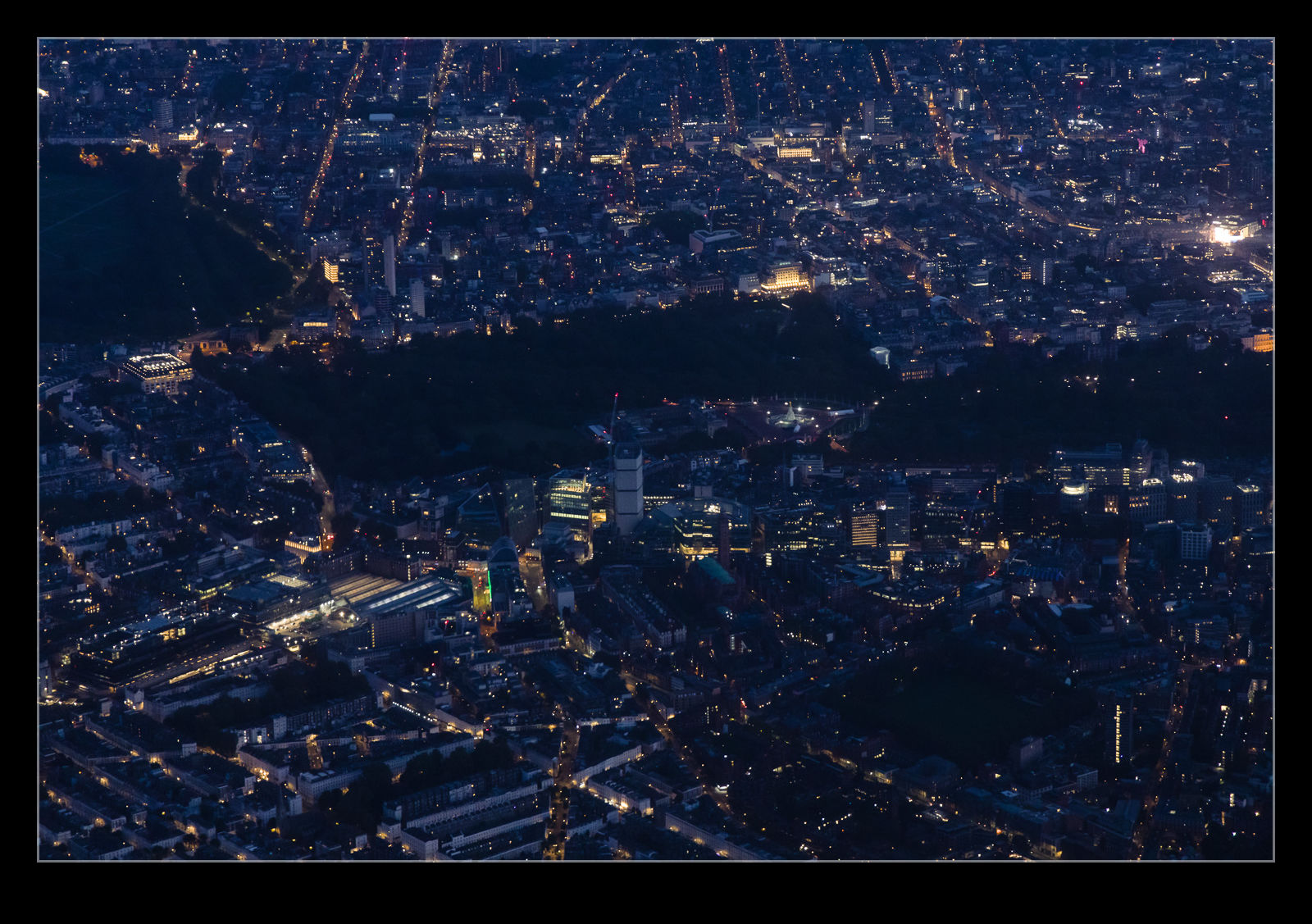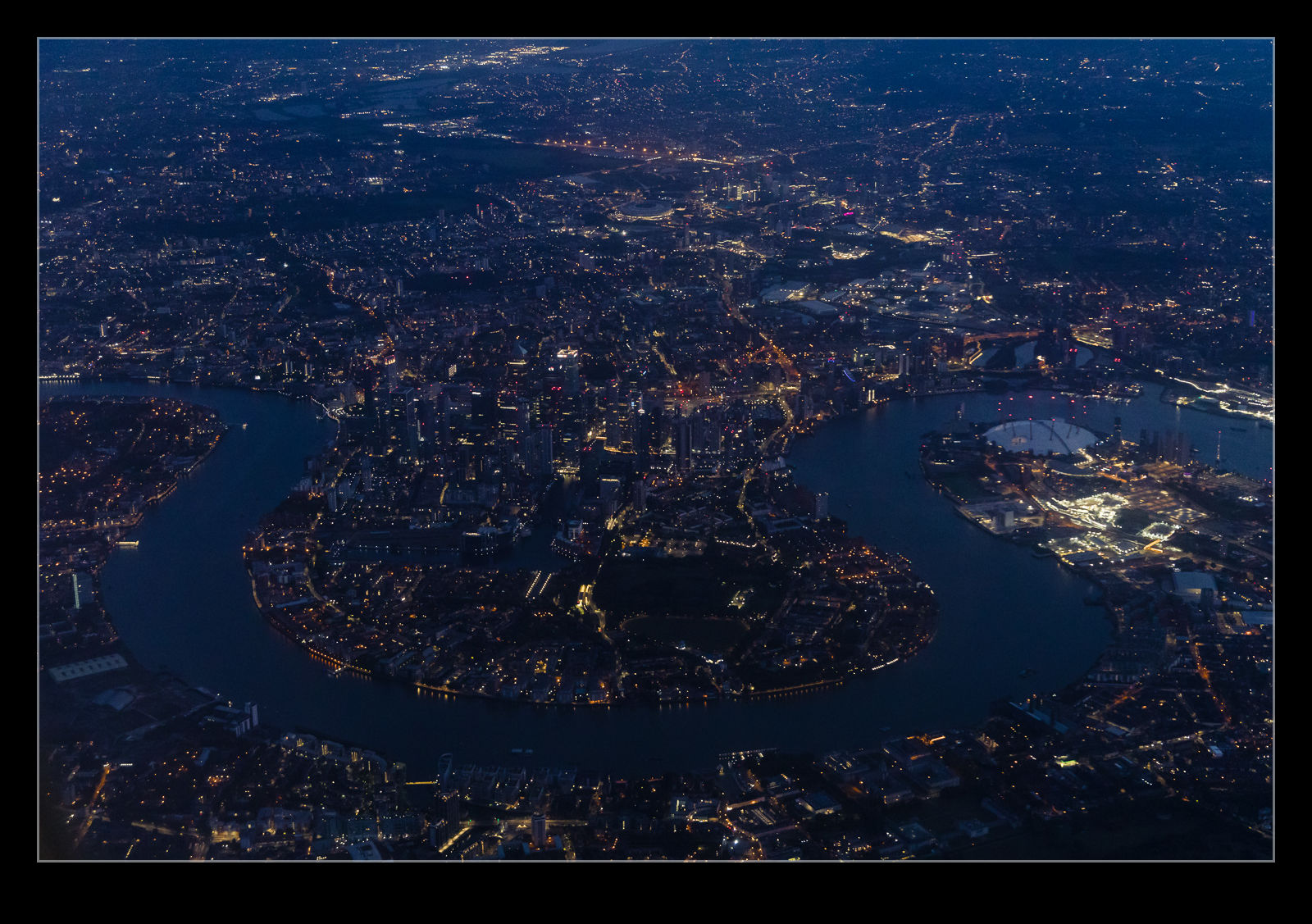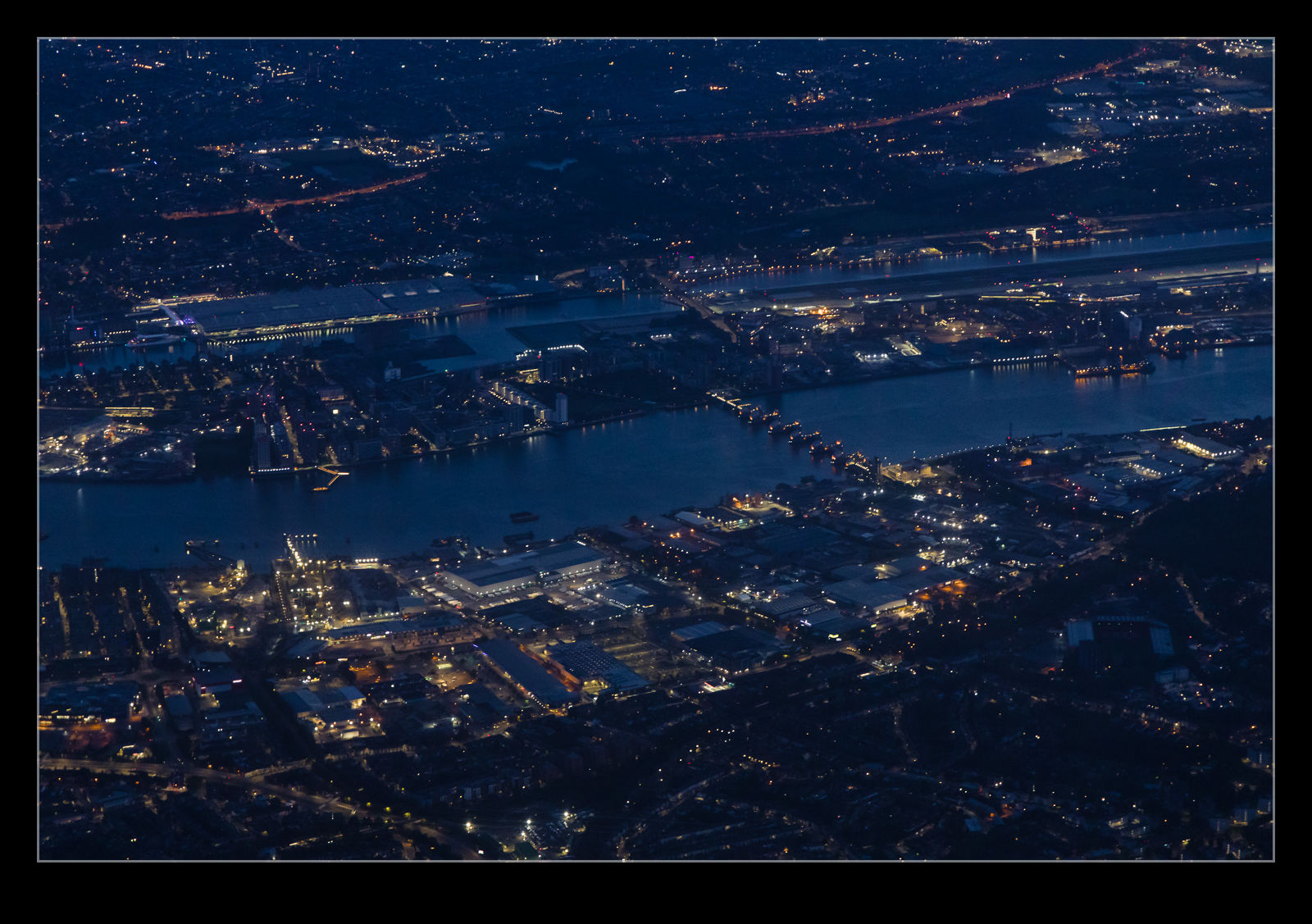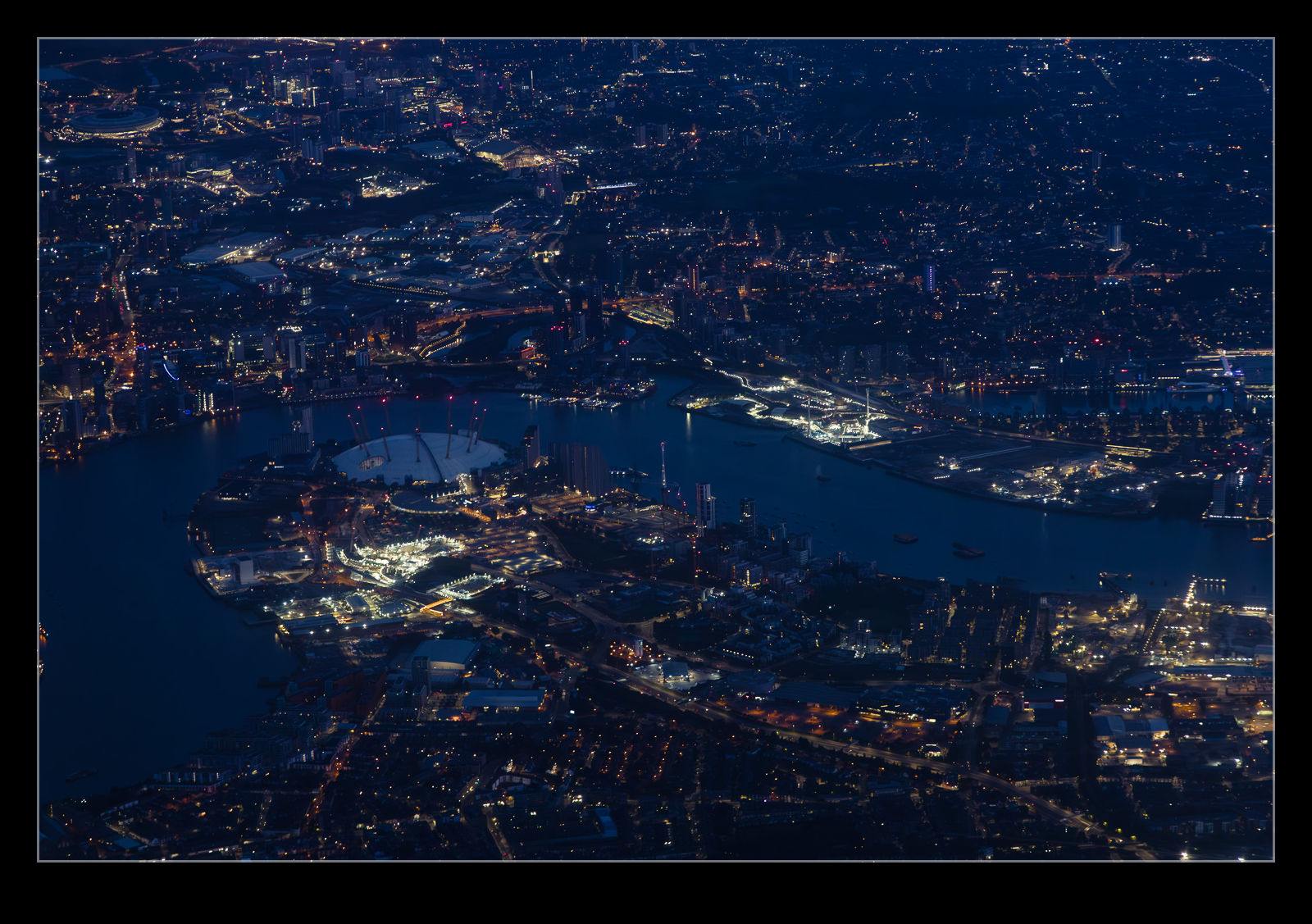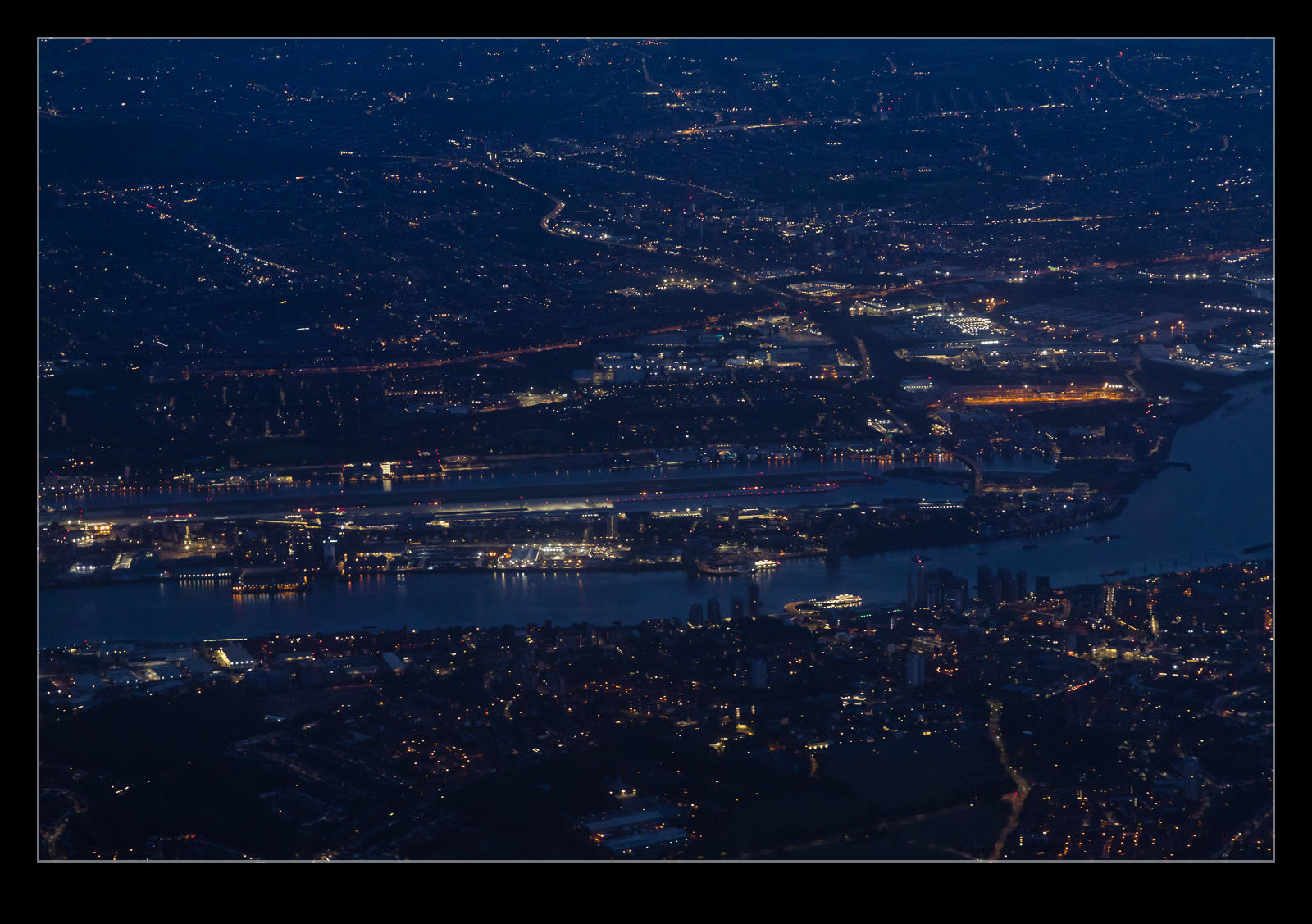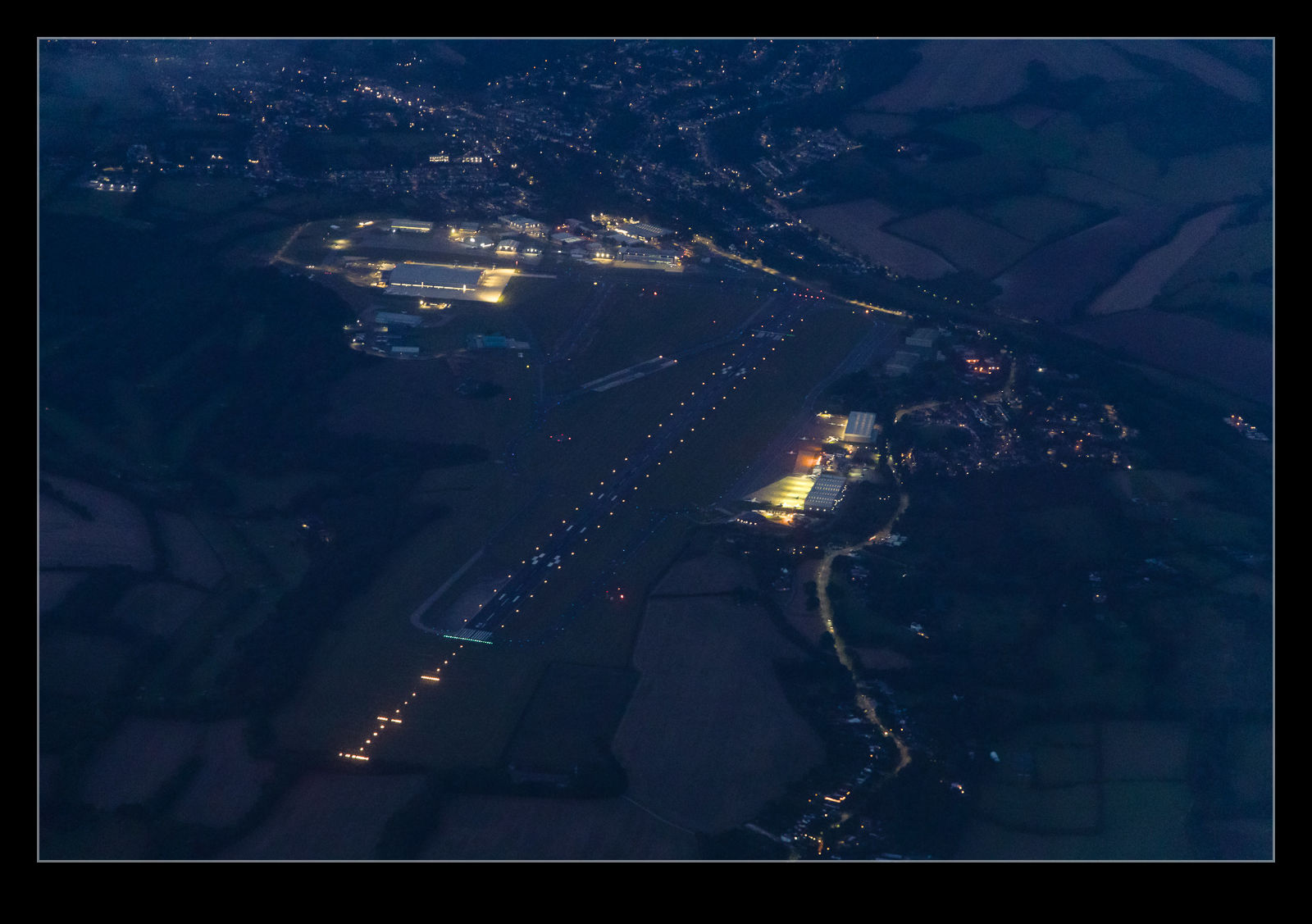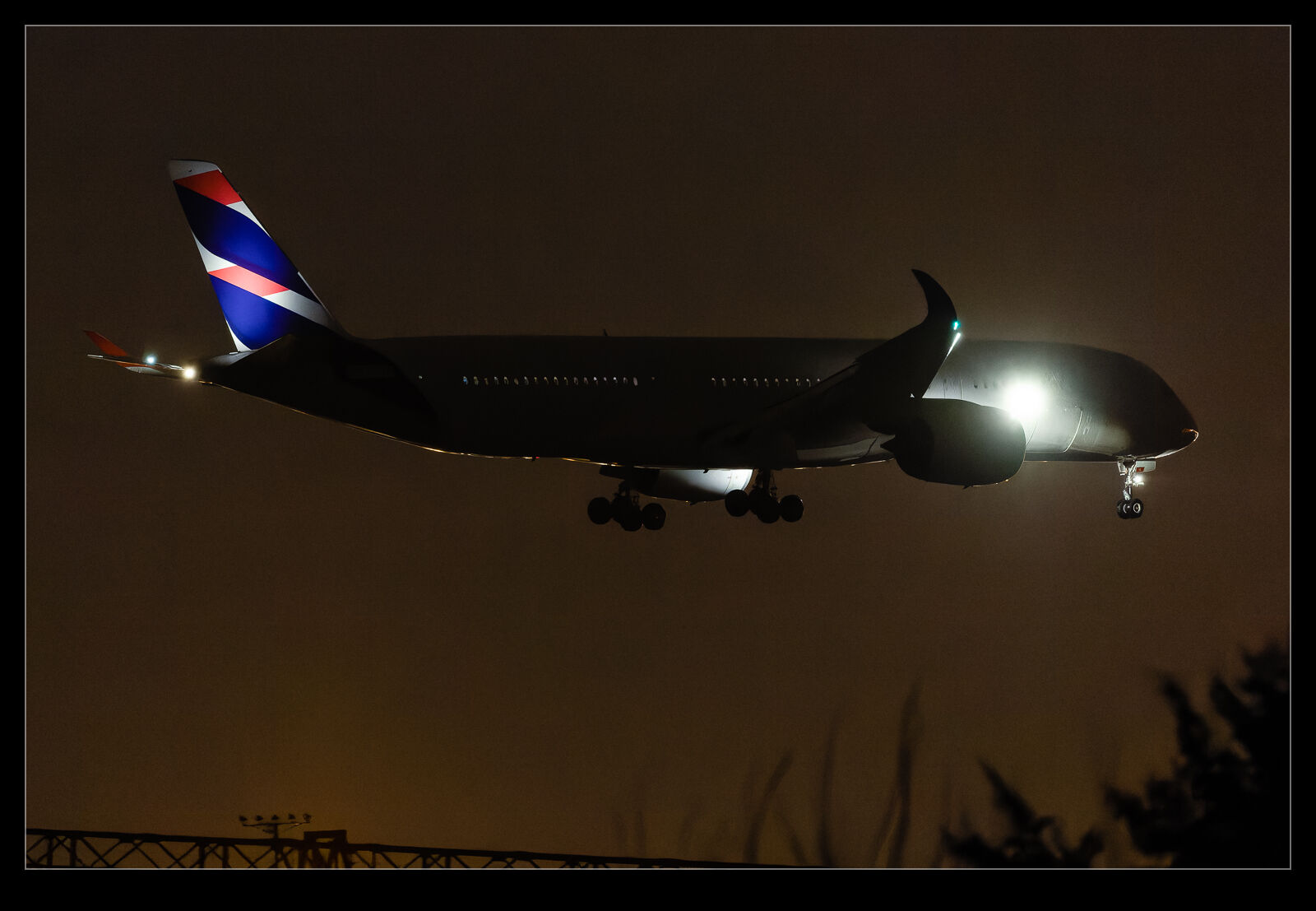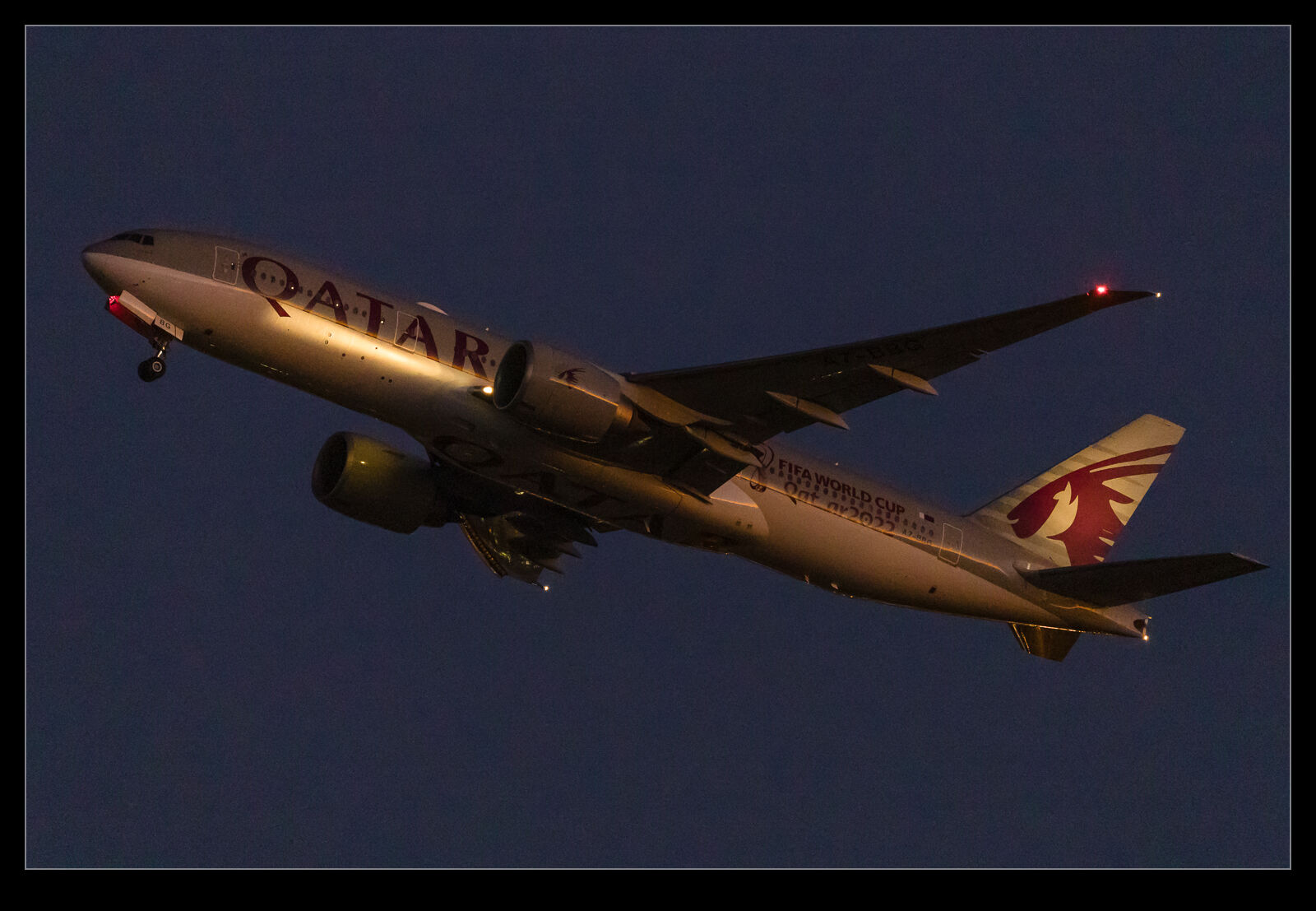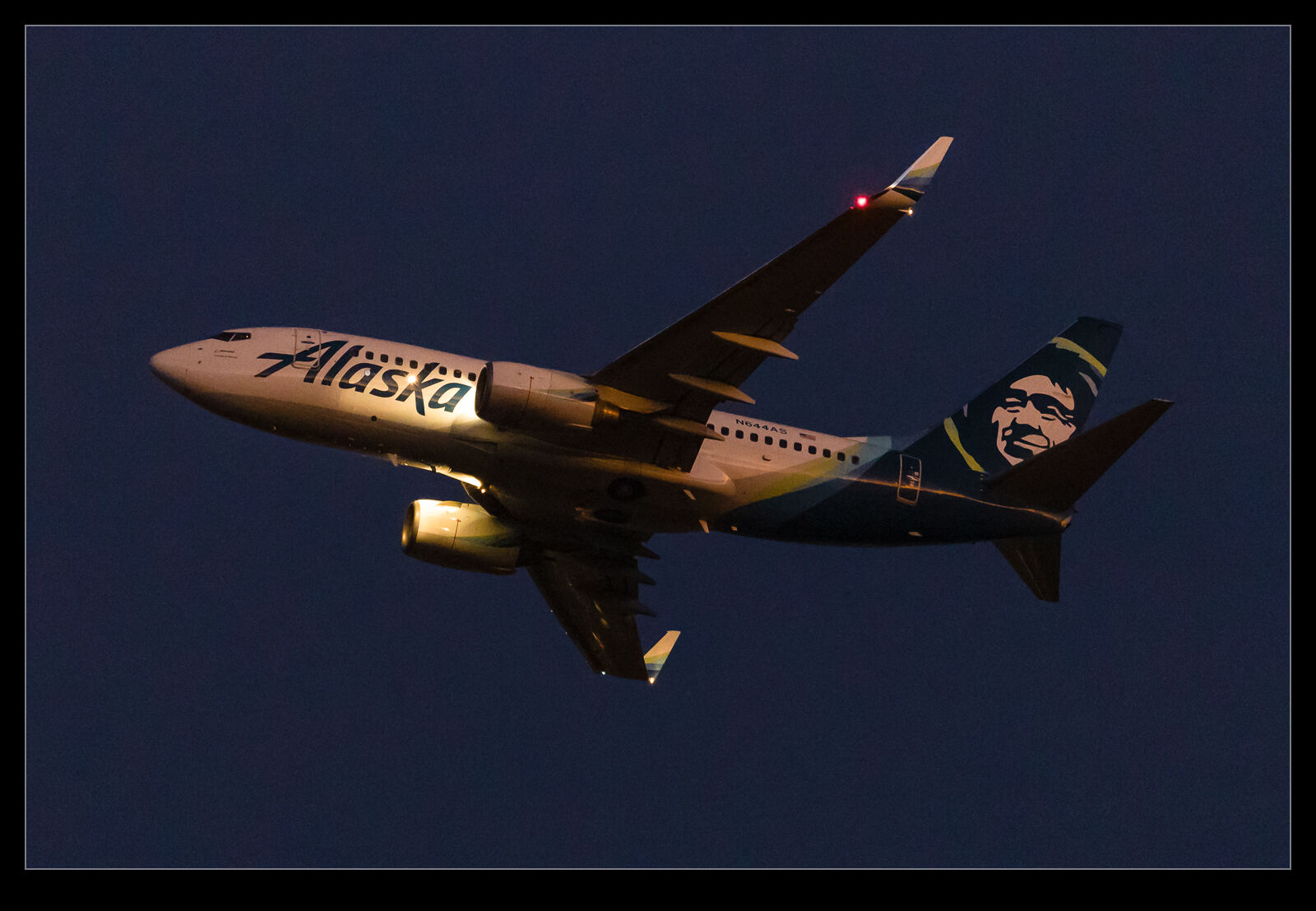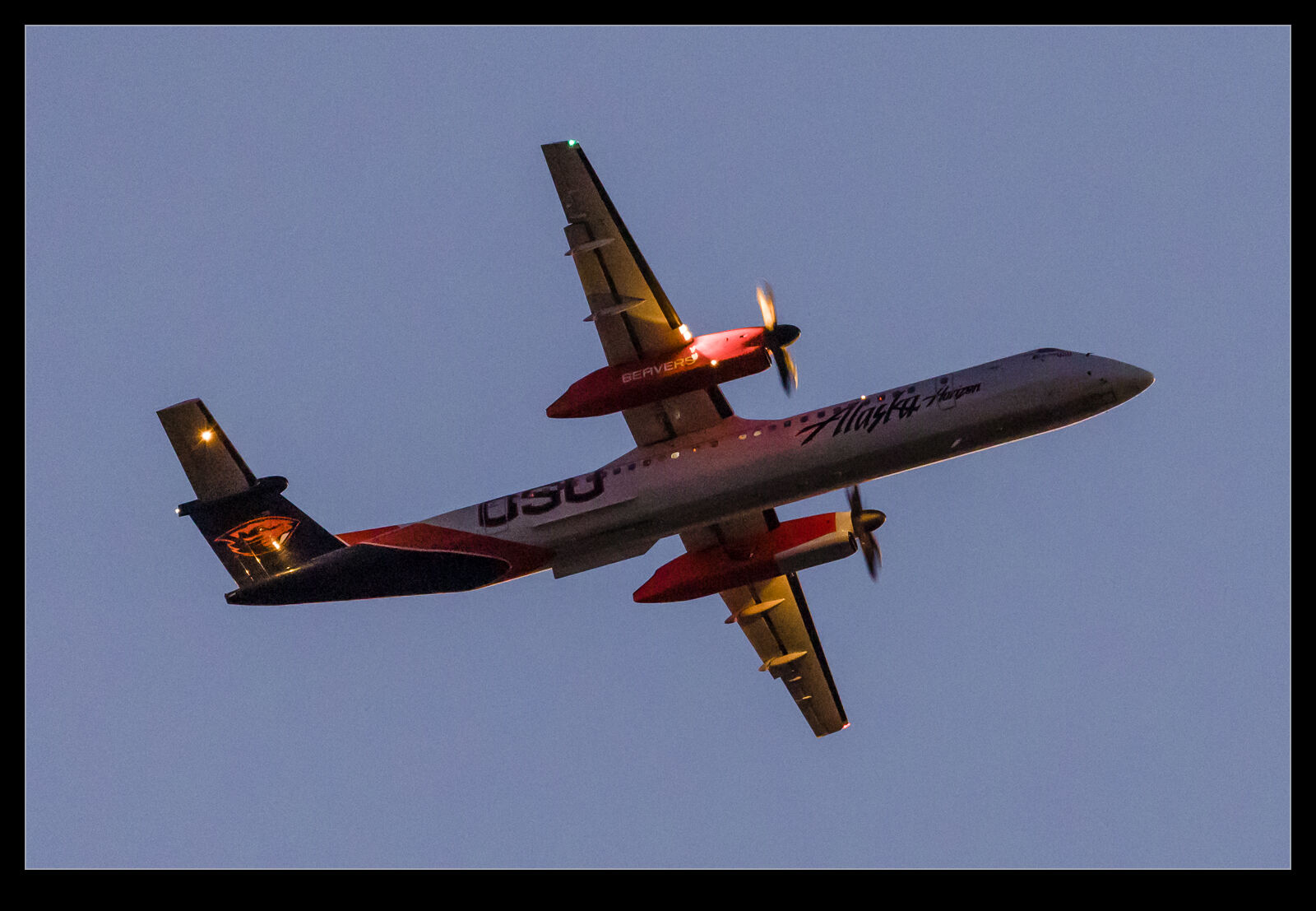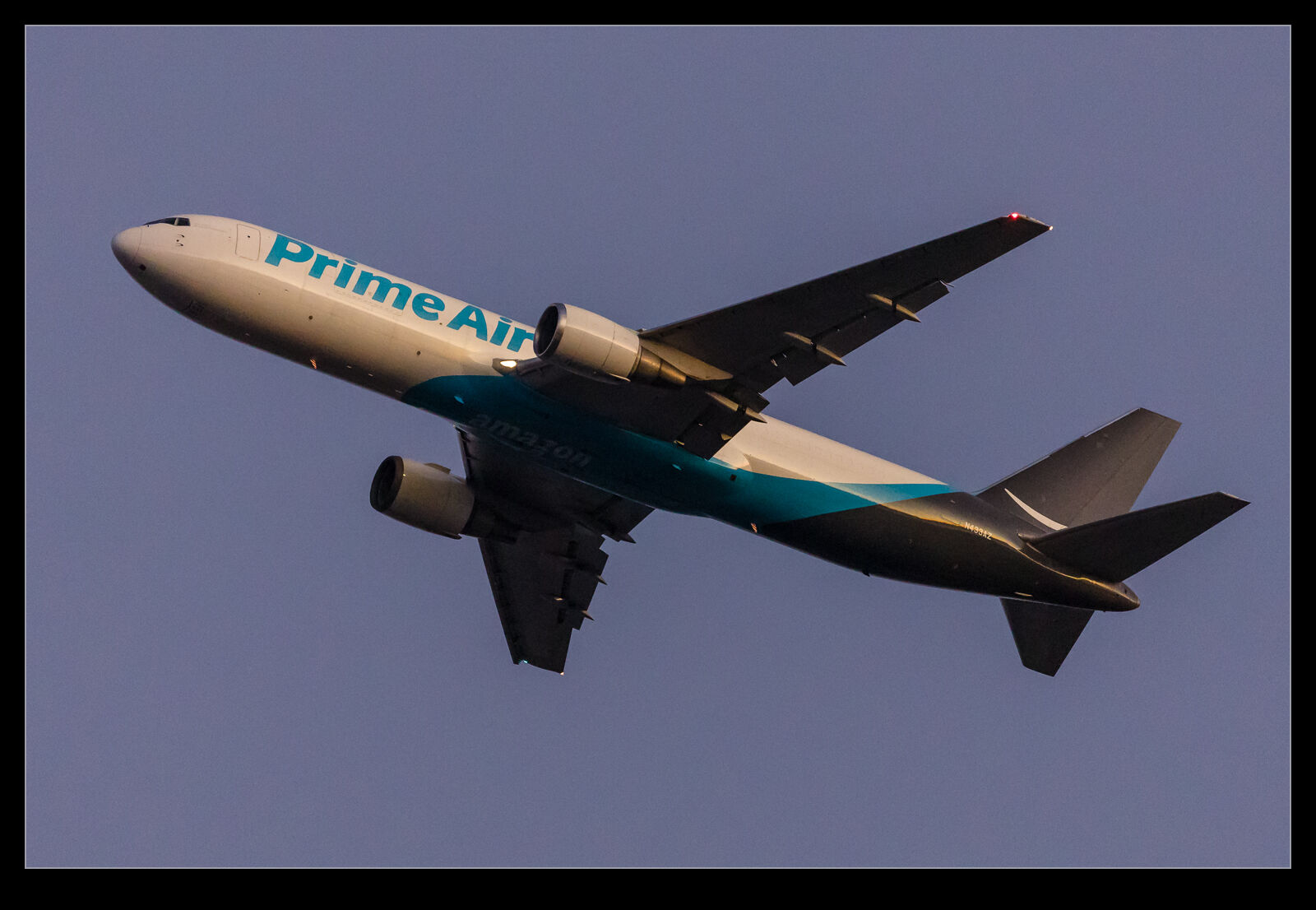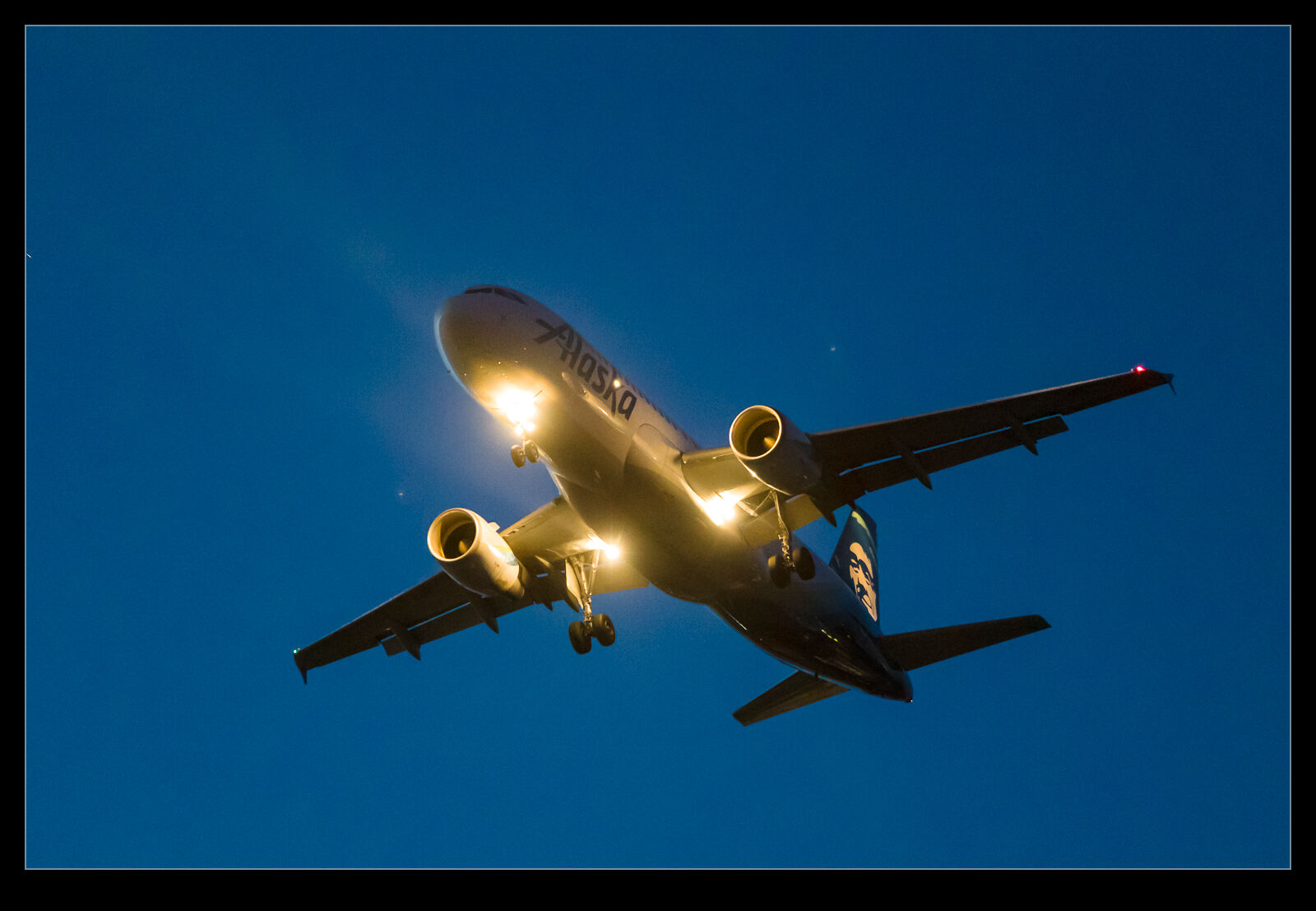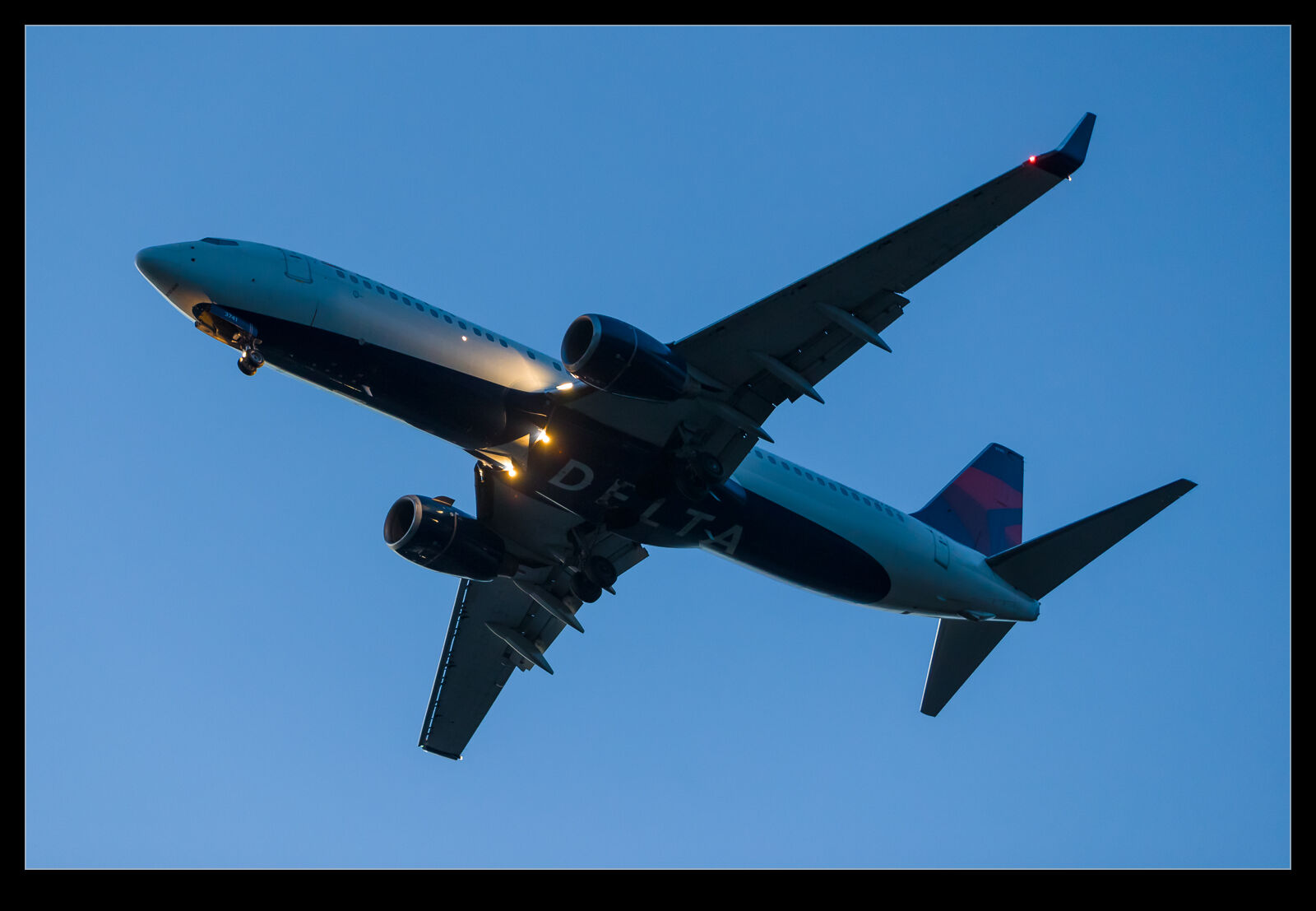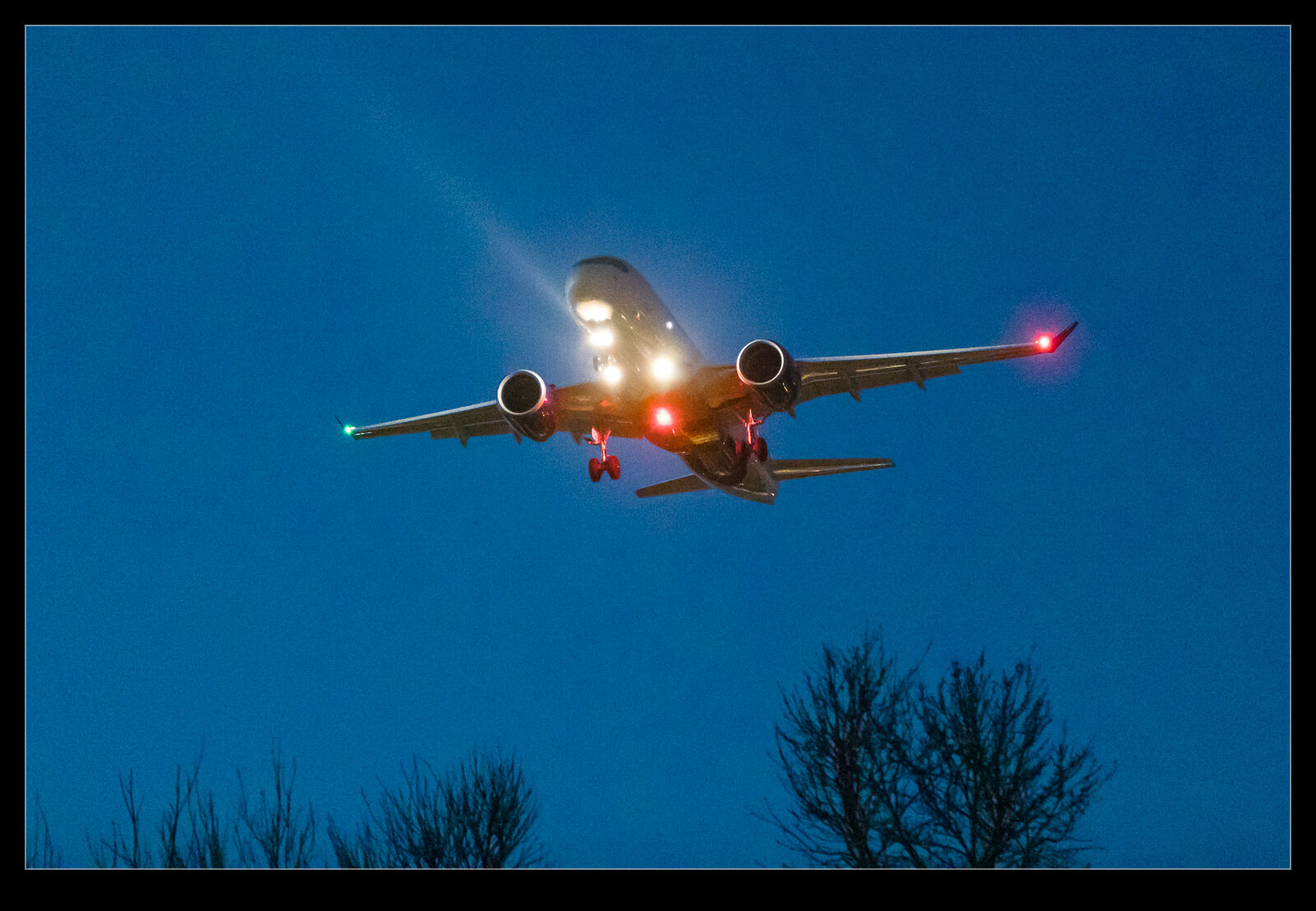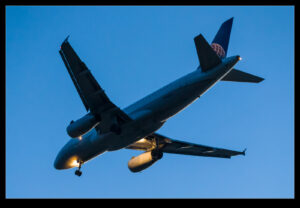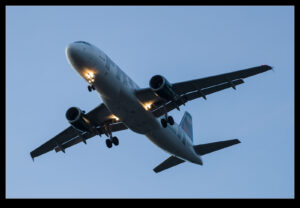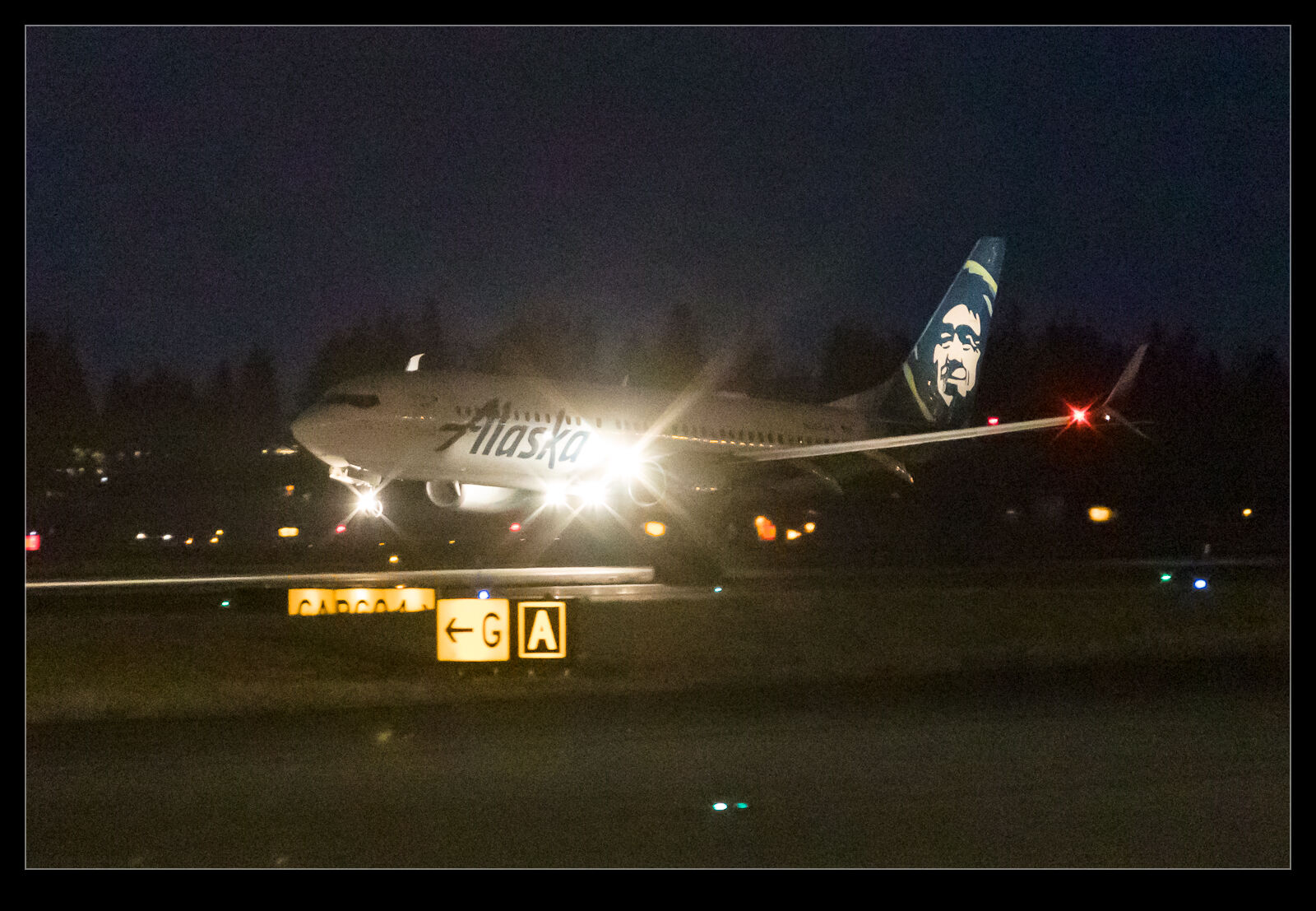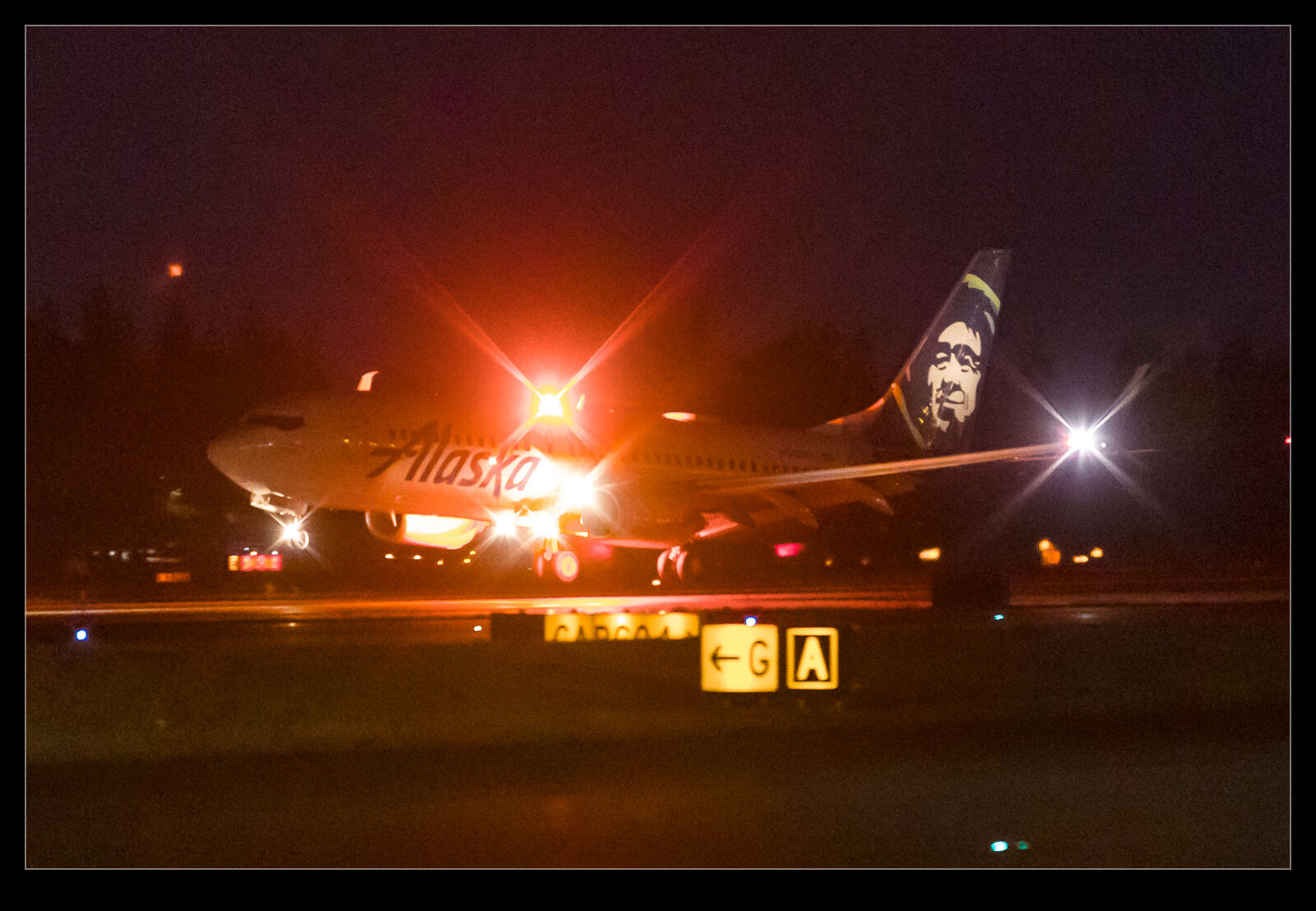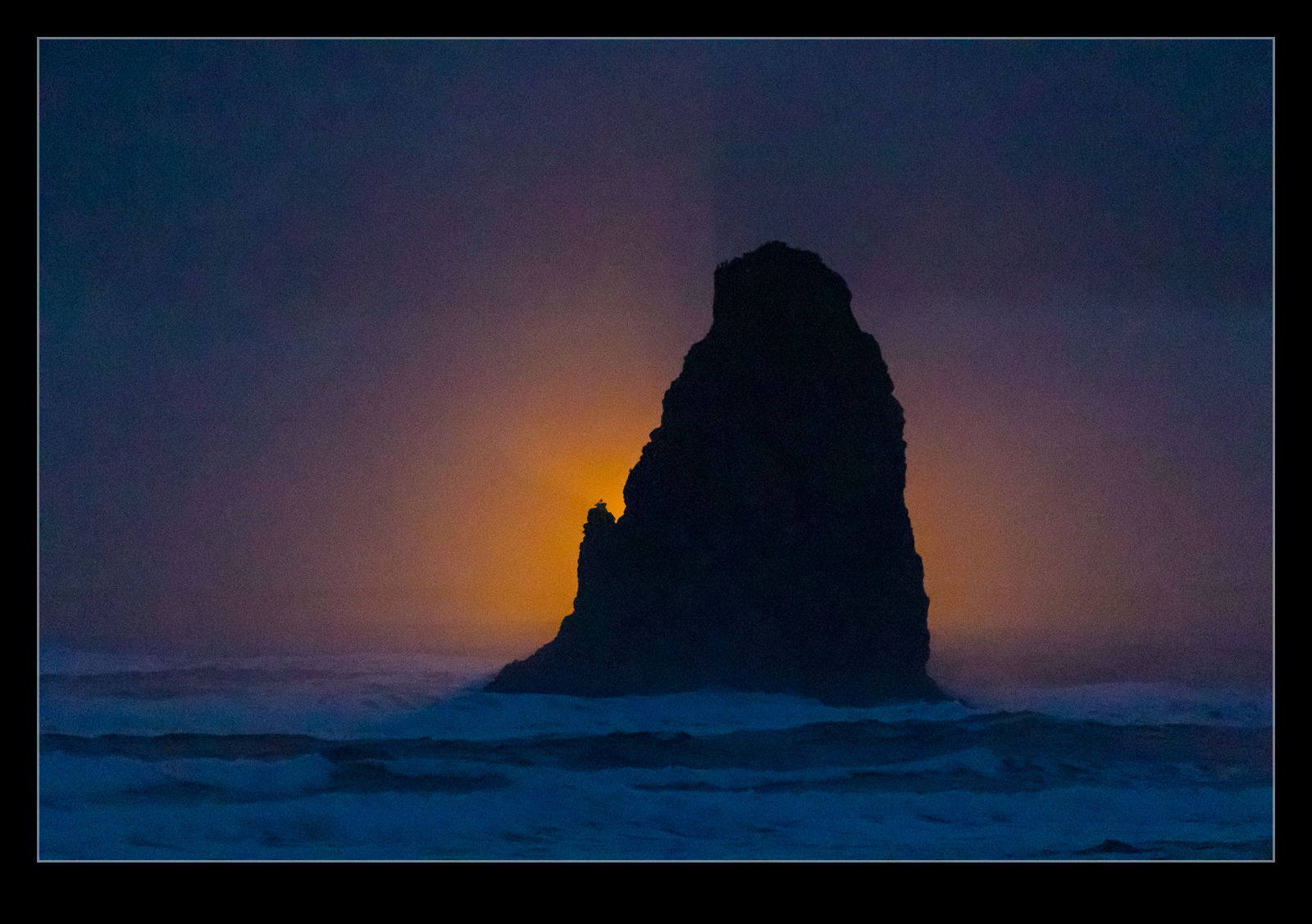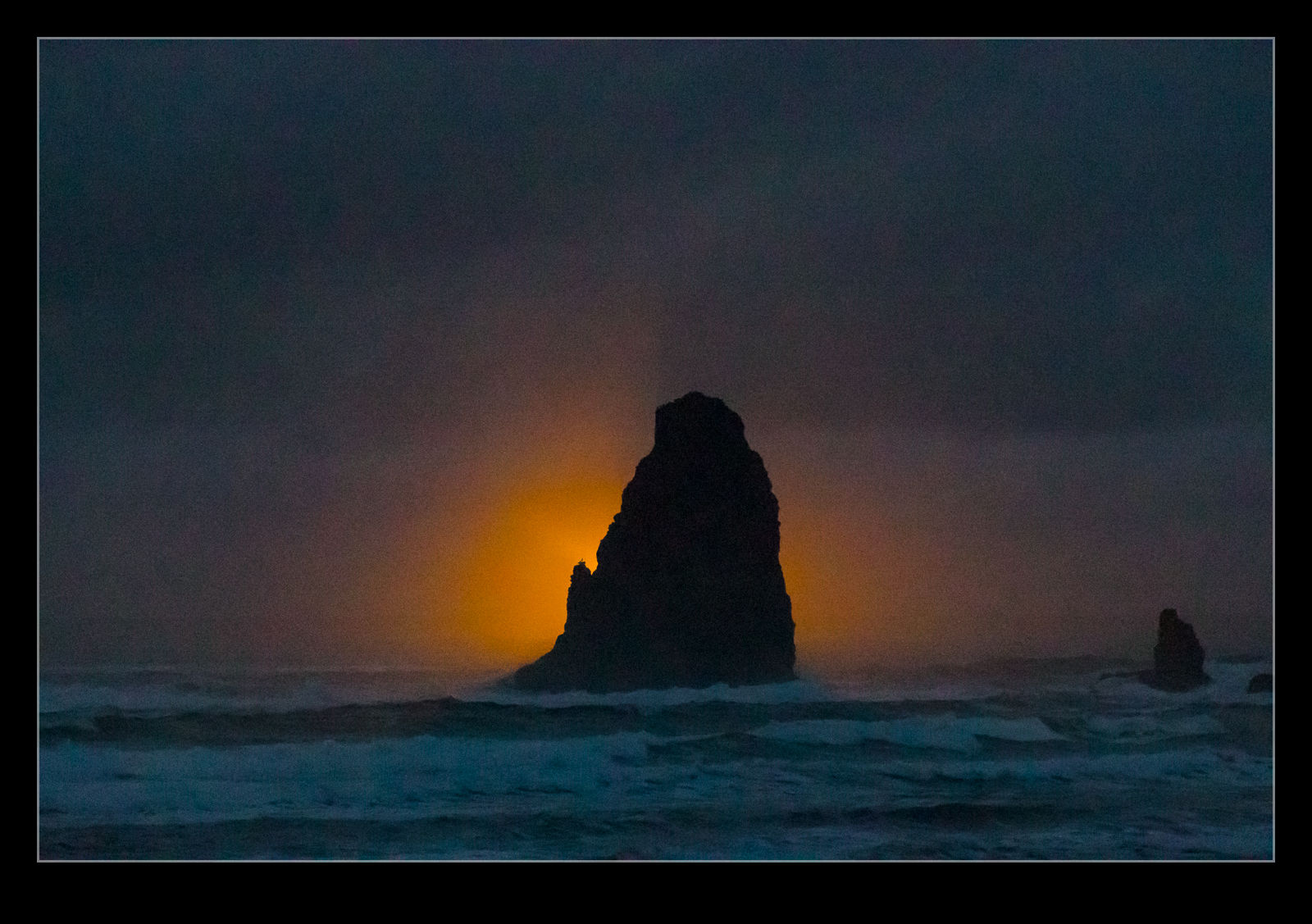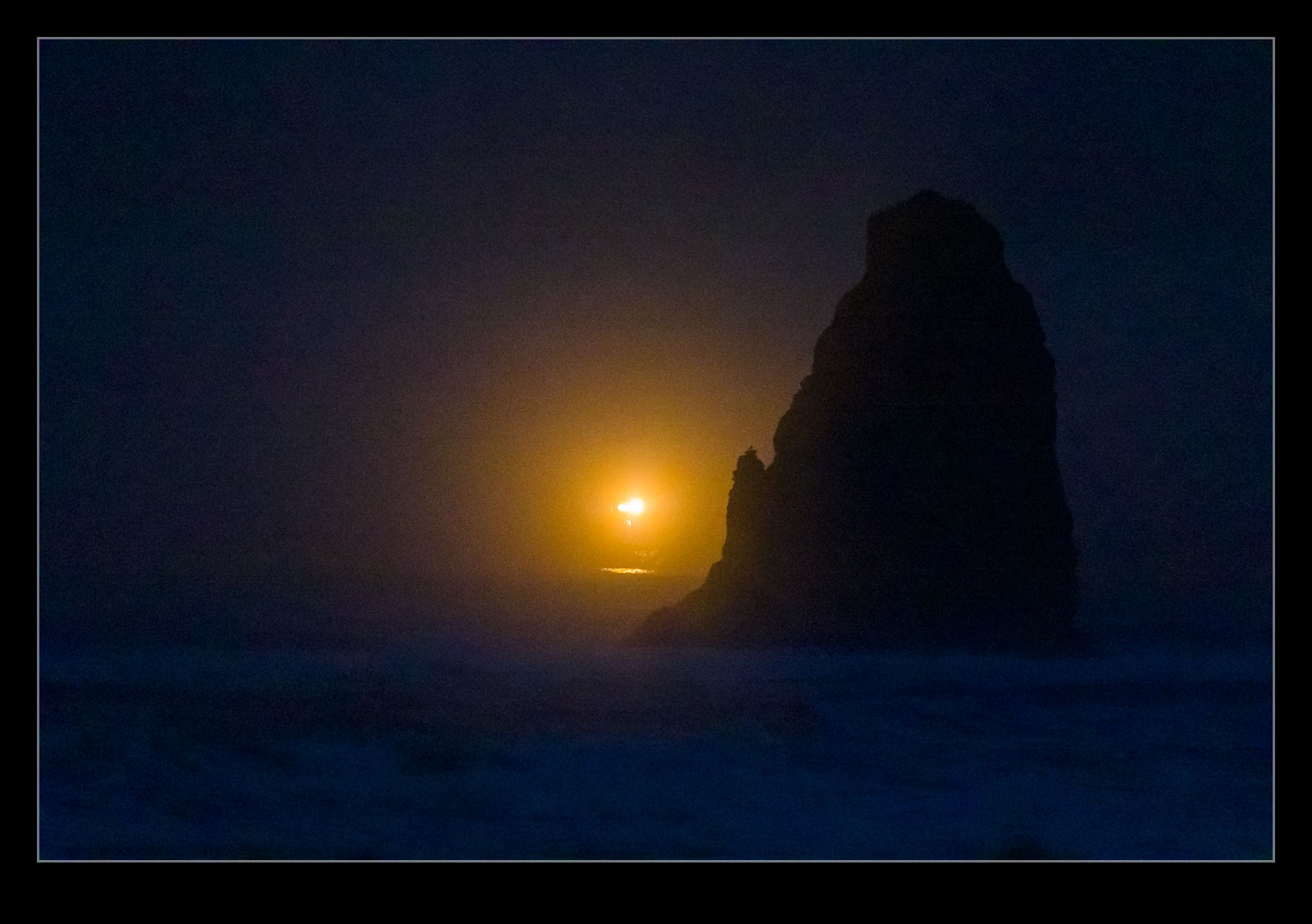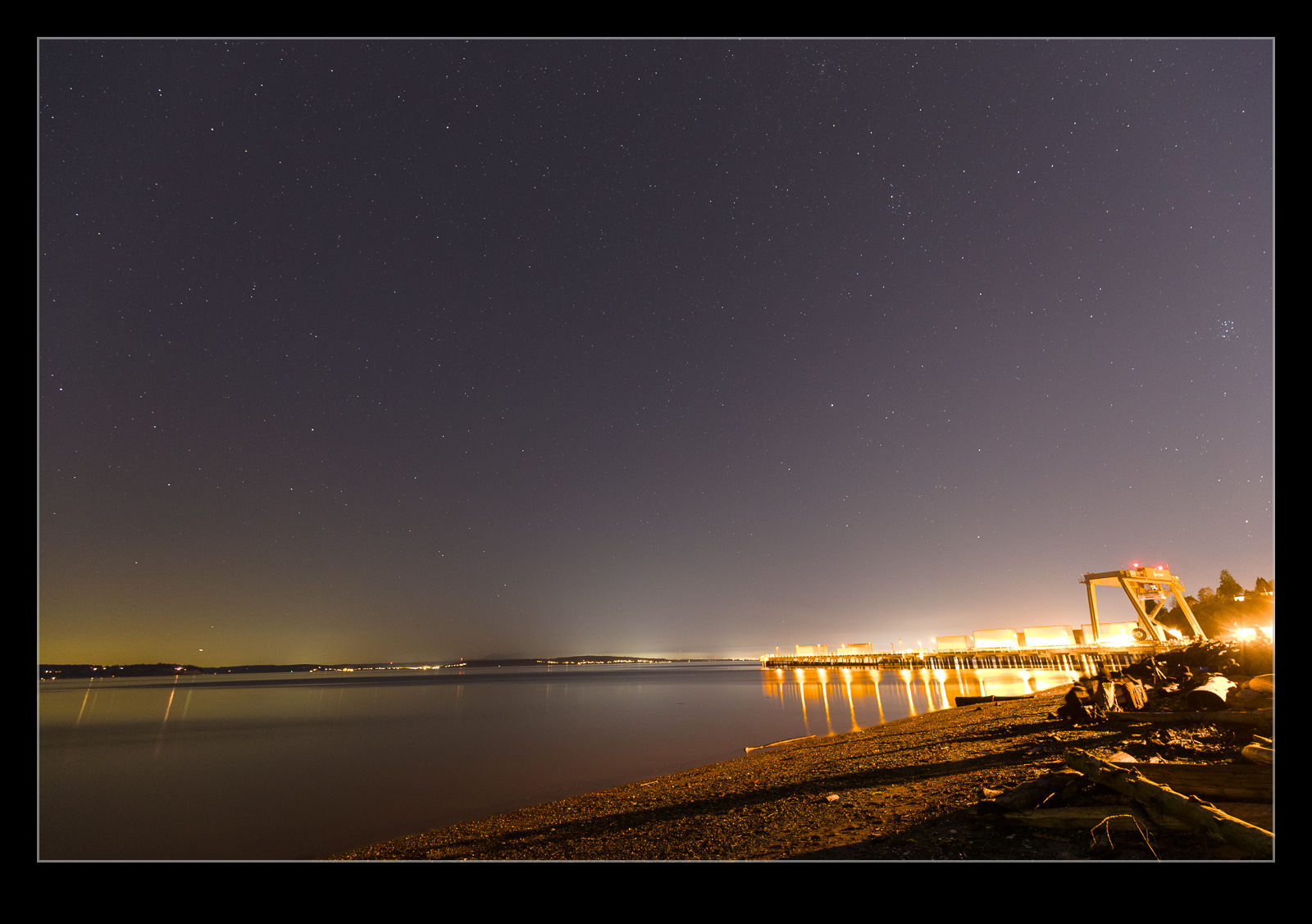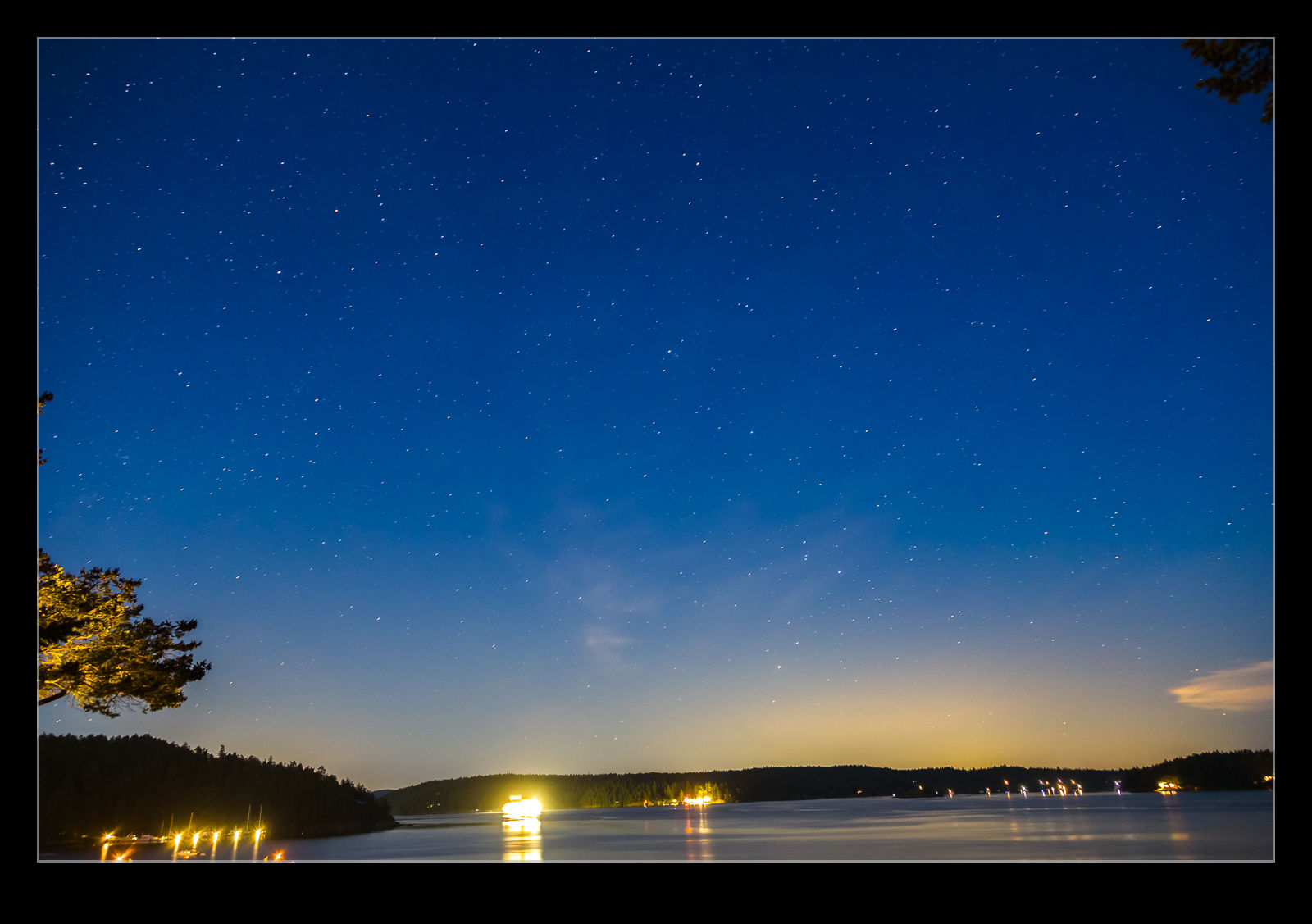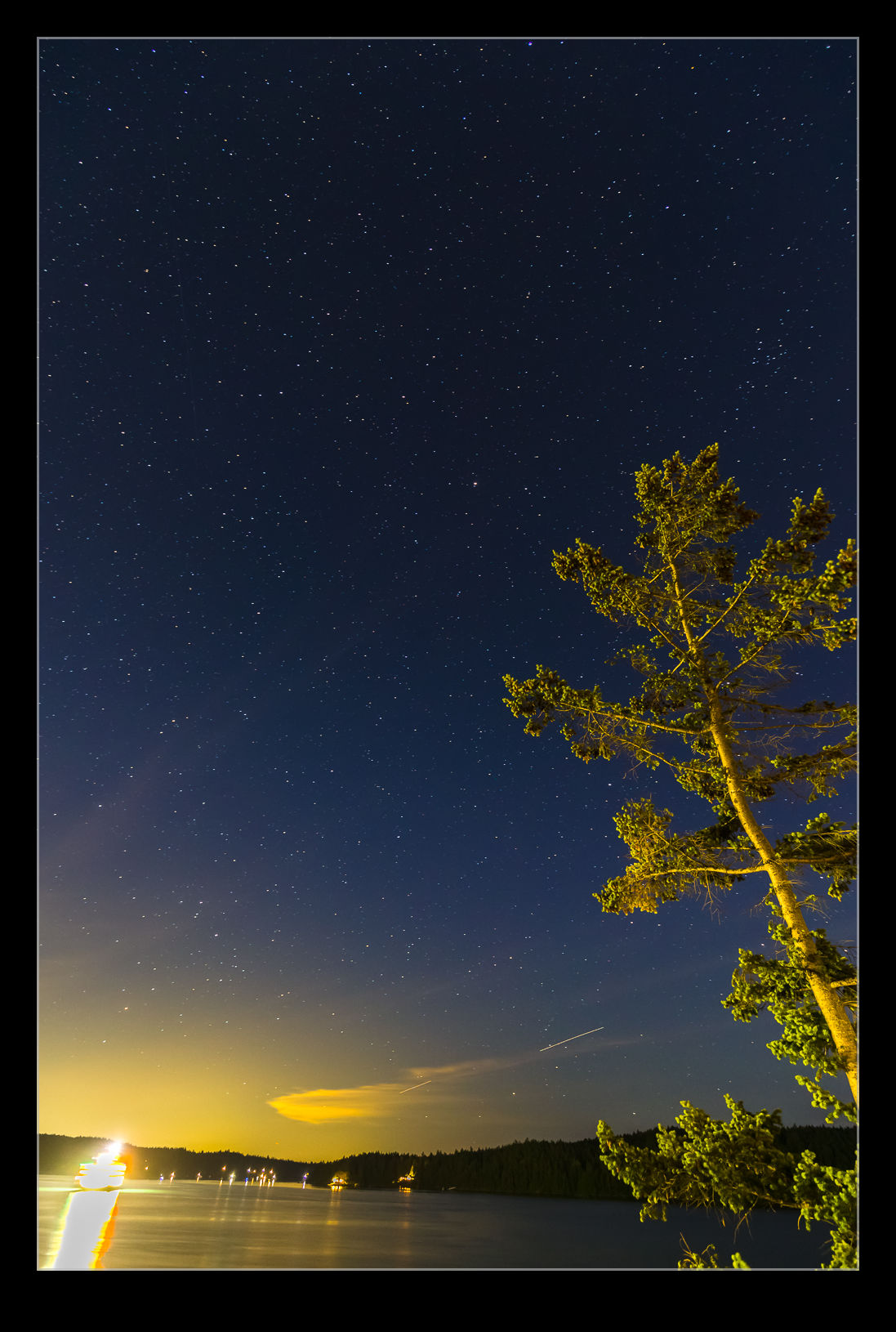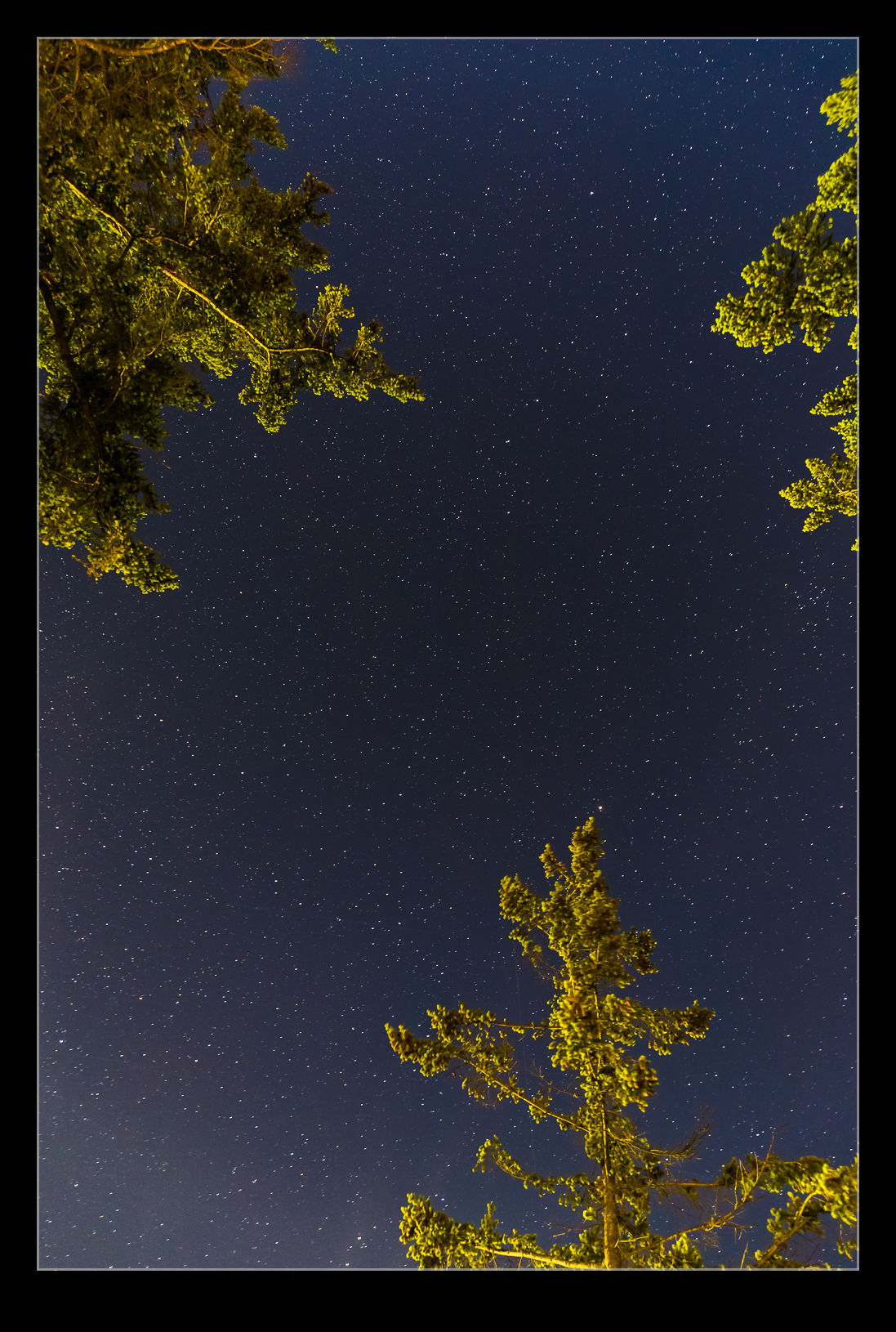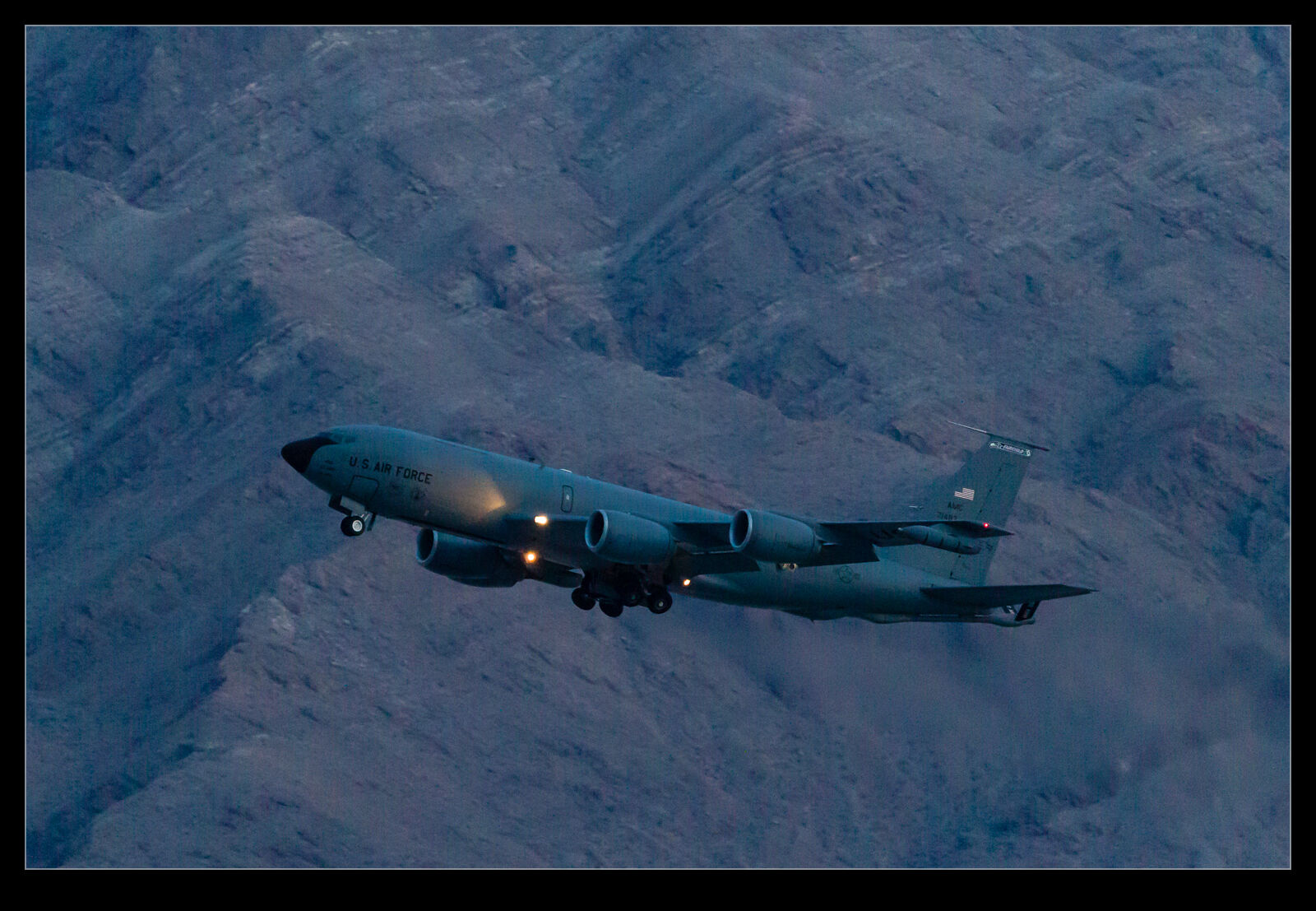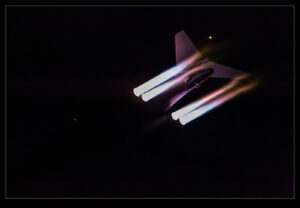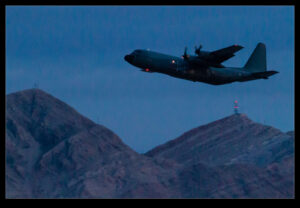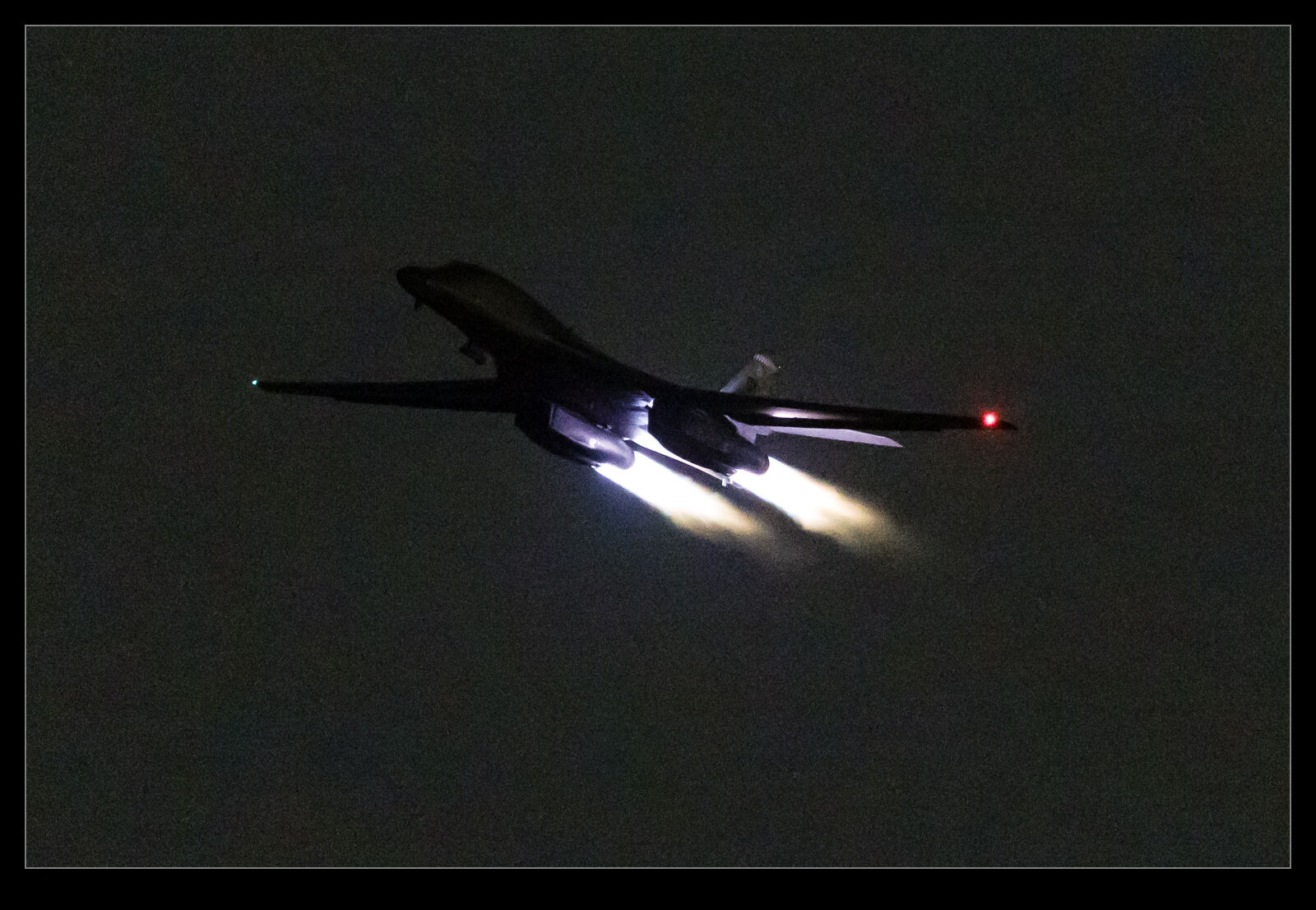 Every once in a while, I really test the high ISO capability of the cameras I have. The R3 got an early test when I was at Red Flag, I went out on two evenings to shoot some night departures and experimented with the ability of the camera to perform in those conditions. The high ISO capability of cameras has not moved on too much to be honest. The max ISO I used on my 1DXII was 51,200 and the R3 is still the same. It does appear to be a bit cleaner but they have possibly hit a bit of a limit. What I had not tried out before was an electronic viewfinder in such conditions.
Every once in a while, I really test the high ISO capability of the cameras I have. The R3 got an early test when I was at Red Flag, I went out on two evenings to shoot some night departures and experimented with the ability of the camera to perform in those conditions. The high ISO capability of cameras has not moved on too much to be honest. The max ISO I used on my 1DXII was 51,200 and the R3 is still the same. It does appear to be a bit cleaner but they have possibly hit a bit of a limit. What I had not tried out before was an electronic viewfinder in such conditions.
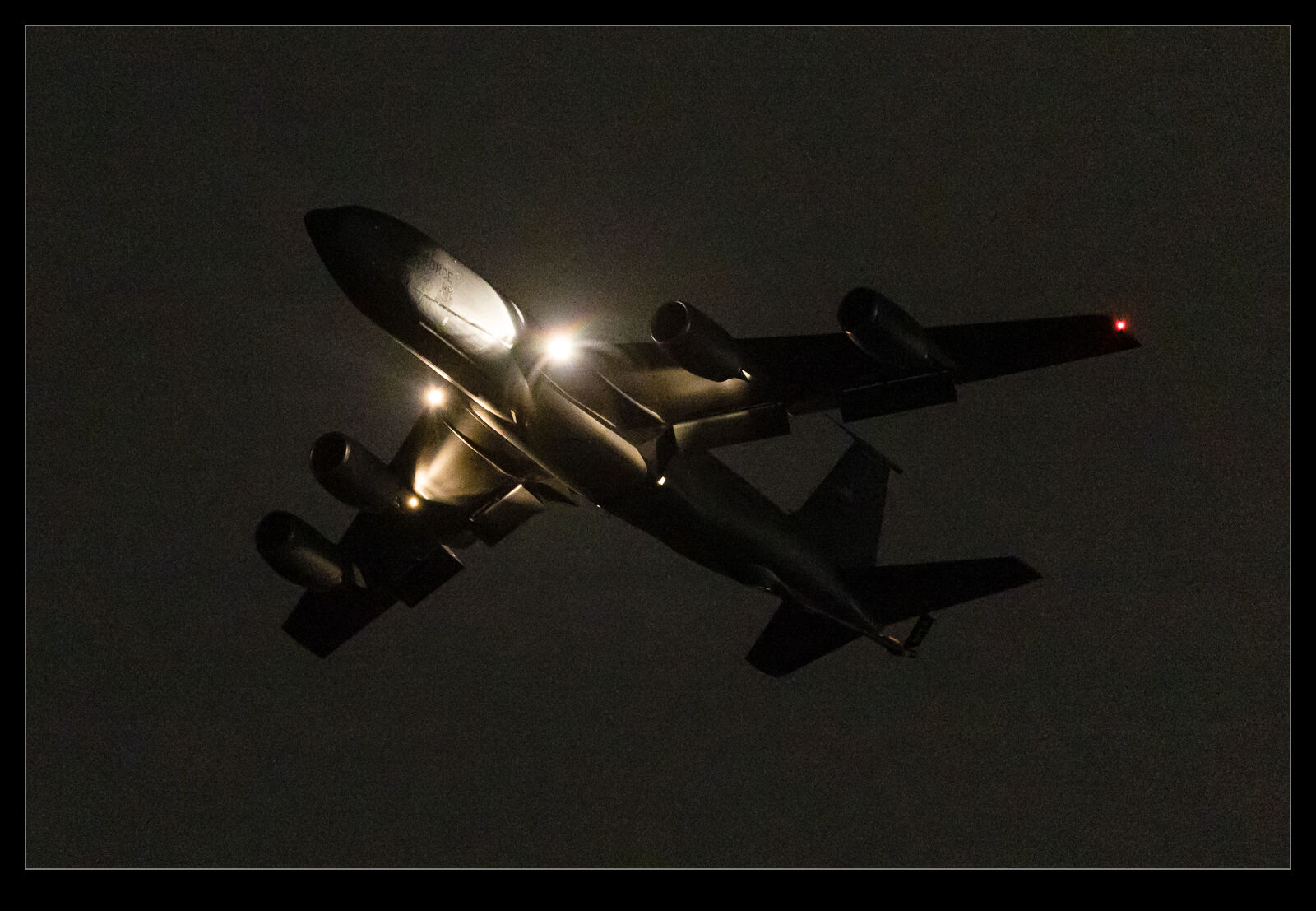 The first night, I went out into the dunes to be ready for the B-1 departures. As it turned out, they didn’t launch that night. I did get some fighters coming out my way for a while before I concluded that this was a bust and I was heading back to the hotel. I tried shooting a few of the jets but I discovered the limitations of the camera pretty rapidly. When there is no light, the electronic viewfinder really struggles. The frame rate of the viewfinder drops like a stone and tracking a subject becomes pretty problematic. The frames per second drop too so the chances of a result are slim. With an optical viewfinder, this is not an issue but the chances of a good shot are also slim.
The first night, I went out into the dunes to be ready for the B-1 departures. As it turned out, they didn’t launch that night. I did get some fighters coming out my way for a while before I concluded that this was a bust and I was heading back to the hotel. I tried shooting a few of the jets but I discovered the limitations of the camera pretty rapidly. When there is no light, the electronic viewfinder really struggles. The frame rate of the viewfinder drops like a stone and tracking a subject becomes pretty problematic. The frames per second drop too so the chances of a result are slim. With an optical viewfinder, this is not an issue but the chances of a good shot are also slim.
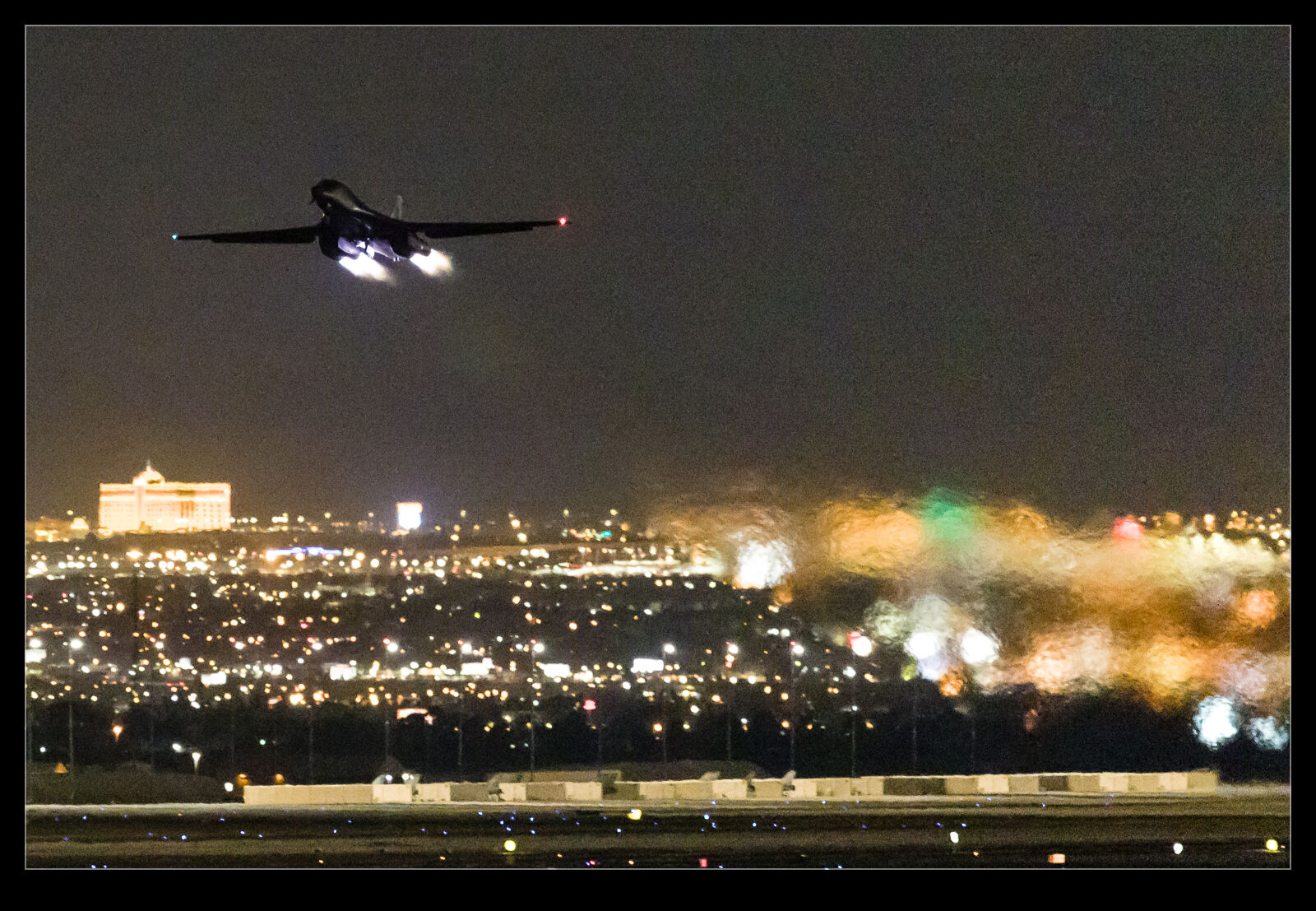 I returned to the hotel feeling pretty dispirited by this result. I wondered whether this was a real problem for adopting the R3. The following night, I went out again with the B-1s again being my main target. This time I had some tankers heading out before the B-1s launched. It was a very different evening. Sure, the lack of light still makes the chances of getting a good shot pretty low but the camera seemed to have no problem tracking the subjects and keeping the viewfinder frame rate up to a perfectly acceptable level. If I had only gone from the previous night, I would have concluded that it was unusable.
I returned to the hotel feeling pretty dispirited by this result. I wondered whether this was a real problem for adopting the R3. The following night, I went out again with the B-1s again being my main target. This time I had some tankers heading out before the B-1s launched. It was a very different evening. Sure, the lack of light still makes the chances of getting a good shot pretty low but the camera seemed to have no problem tracking the subjects and keeping the viewfinder frame rate up to a perfectly acceptable level. If I had only gone from the previous night, I would have concluded that it was unusable.
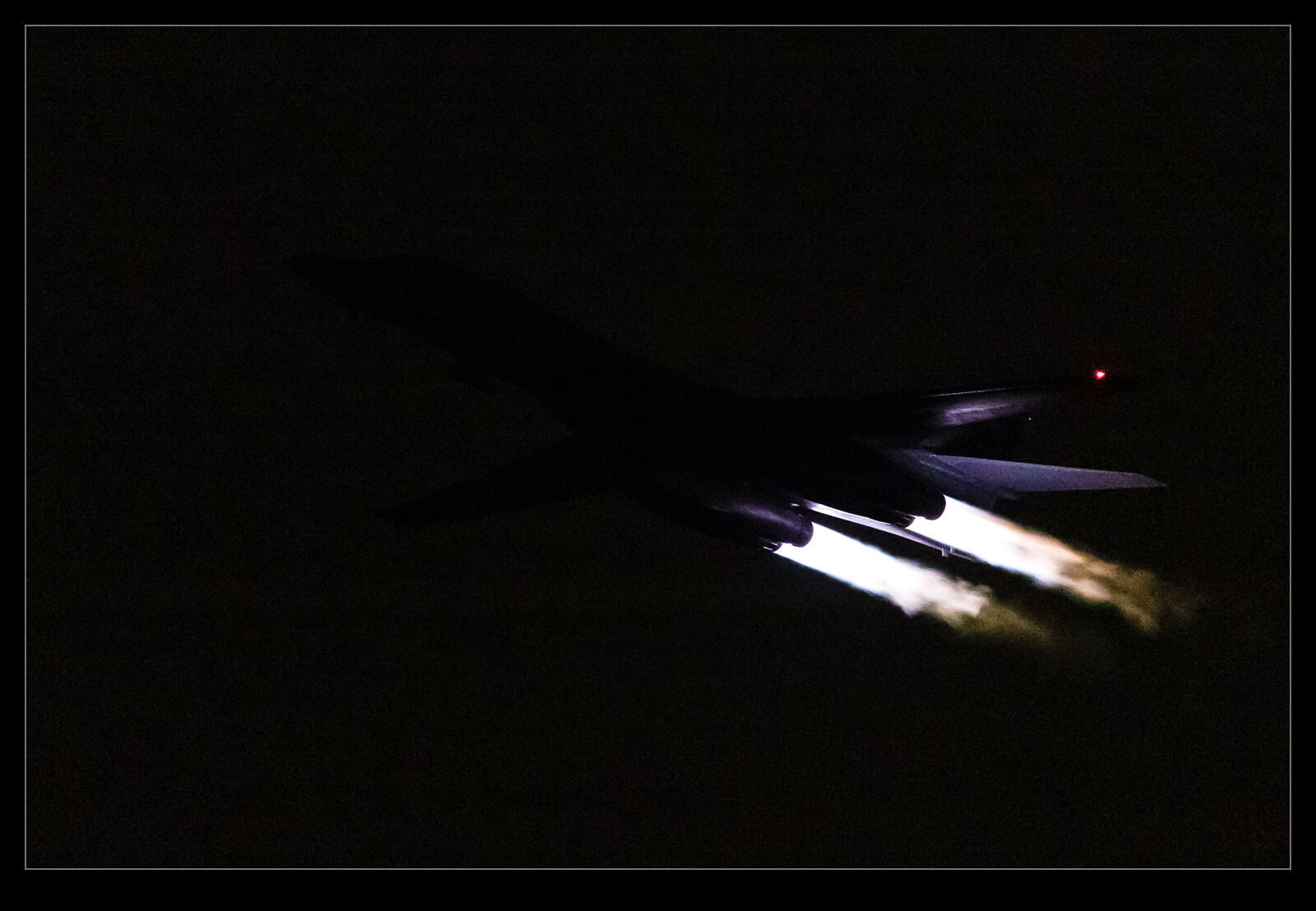 The embedded images in the RAW files looked pretty good but the Lightroom edits required a lot more work. DPP might be the answer or DxO PrimeRAW could do a good job. However, that is not the issue. Will the camera allow me to shoot at night with very dark subjects. Apparently, the answer is yes. It can handle it. However, it can’t track an almost black subject with a couple of navigation lights like an optical viewfinder can. That is a limitation that I may have to live with.
The embedded images in the RAW files looked pretty good but the Lightroom edits required a lot more work. DPP might be the answer or DxO PrimeRAW could do a good job. However, that is not the issue. Will the camera allow me to shoot at night with very dark subjects. Apparently, the answer is yes. It can handle it. However, it can’t track an almost black subject with a couple of navigation lights like an optical viewfinder can. That is a limitation that I may have to live with.
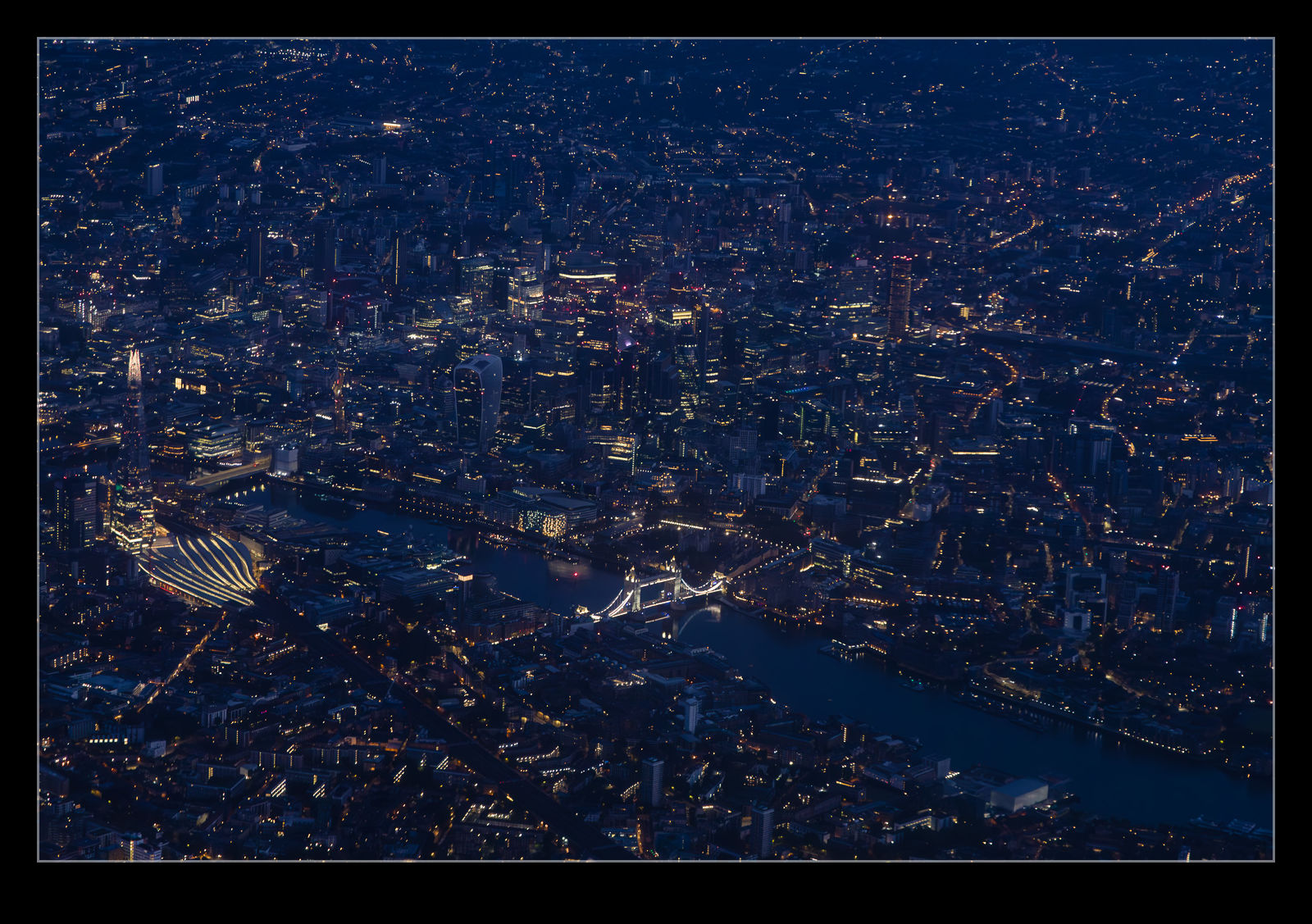 Our return flight home included a layover in London. Our flight in arrived before sunrise and brought us up from the south over to the east end and then back across Docklands, south of Westminster and in to Heathrow. I fortunately had a window seat although I was a bit far from the window itself so there was a certain amount of shooting while reaching across. Trying to pan appropriately for the movement of the aircraft was a touch tricky but I managed to exploit the low light capabilities of the camera to get some okay shots.
Our return flight home included a layover in London. Our flight in arrived before sunrise and brought us up from the south over to the east end and then back across Docklands, south of Westminster and in to Heathrow. I fortunately had a window seat although I was a bit far from the window itself so there was a certain amount of shooting while reaching across. Trying to pan appropriately for the movement of the aircraft was a touch tricky but I managed to exploit the low light capabilities of the camera to get some okay shots.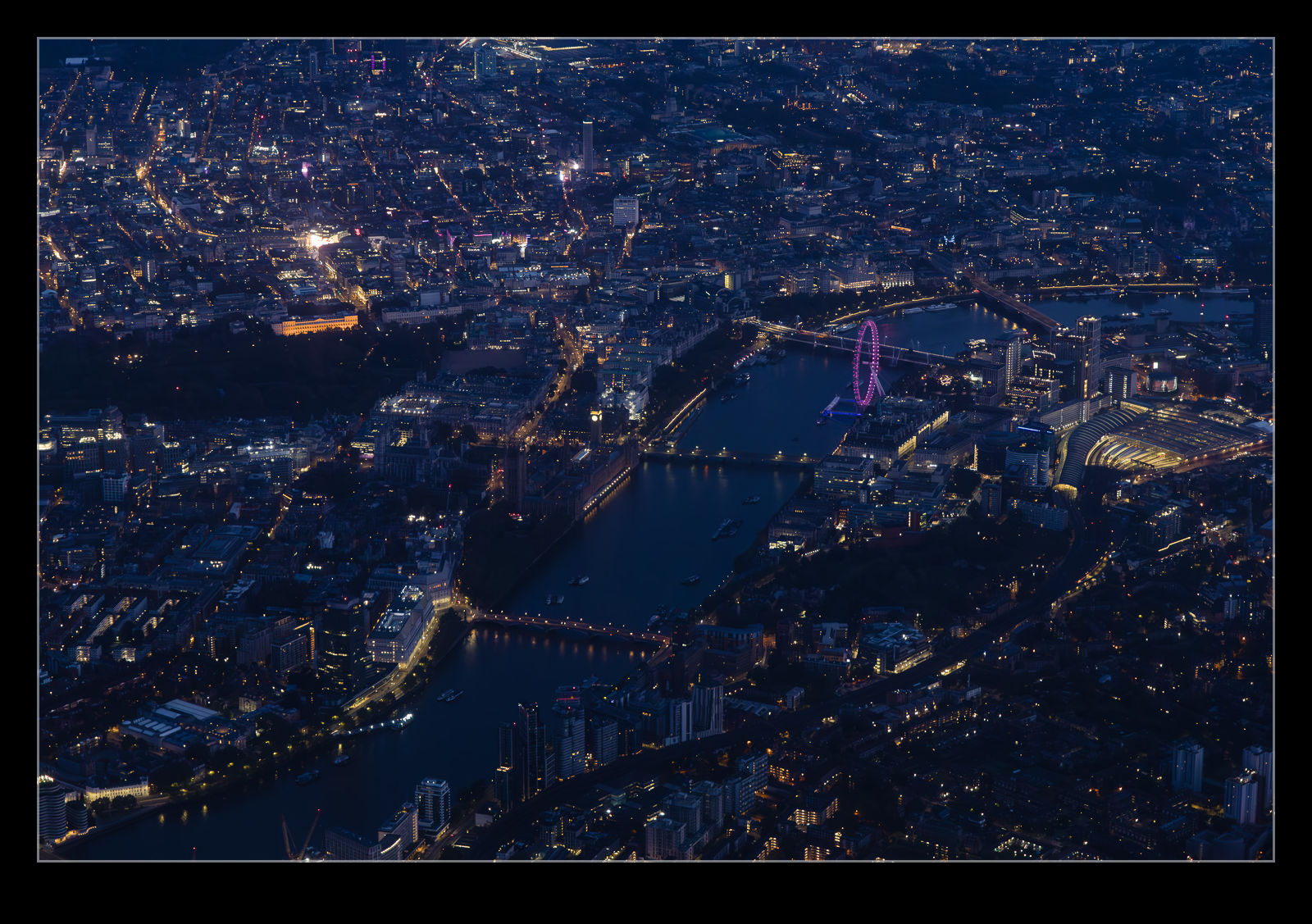 We flew across Biggin Hill and I was able to shoot almost straight down on the runway and ramp areas. Then we came up towards Woolwich and I could see the ferries and London City Airport. From there it was not far to the Thames Barrier and then the O2 arena. The high rises of Docklands were next. On to Tower Bridge with the Shard and London Bridge Station. Next stop was The Palace of Westminster with the London Eye and Waterloo alongside. Last was Buckingham Palace and Knightsbridge. Some fun sights to see. In daylight, I can navigate this area easily but, when it is dark, you have to work from key references.
We flew across Biggin Hill and I was able to shoot almost straight down on the runway and ramp areas. Then we came up towards Woolwich and I could see the ferries and London City Airport. From there it was not far to the Thames Barrier and then the O2 arena. The high rises of Docklands were next. On to Tower Bridge with the Shard and London Bridge Station. Next stop was The Palace of Westminster with the London Eye and Waterloo alongside. Last was Buckingham Palace and Knightsbridge. Some fun sights to see. In daylight, I can navigate this area easily but, when it is dark, you have to work from key references.